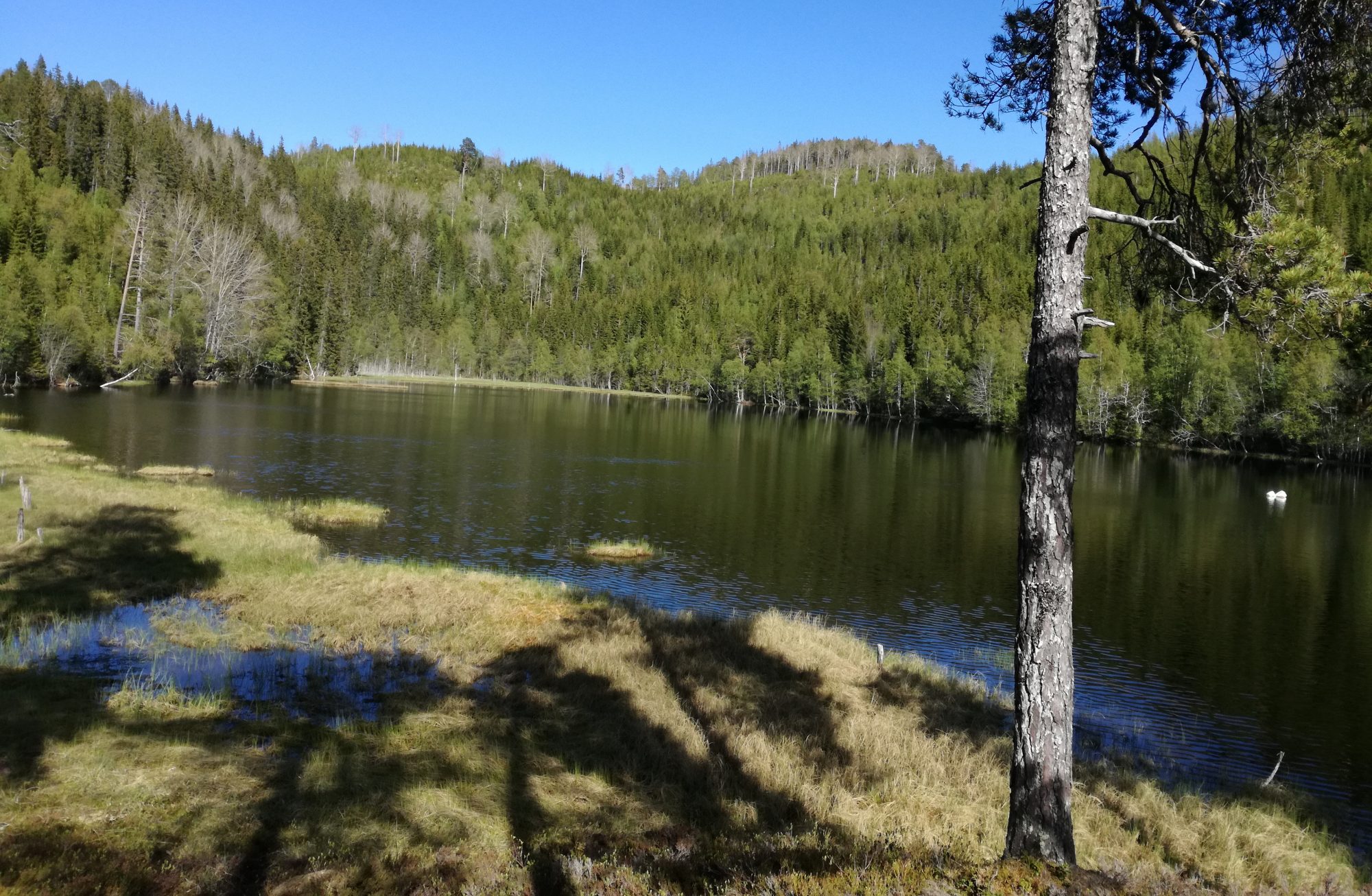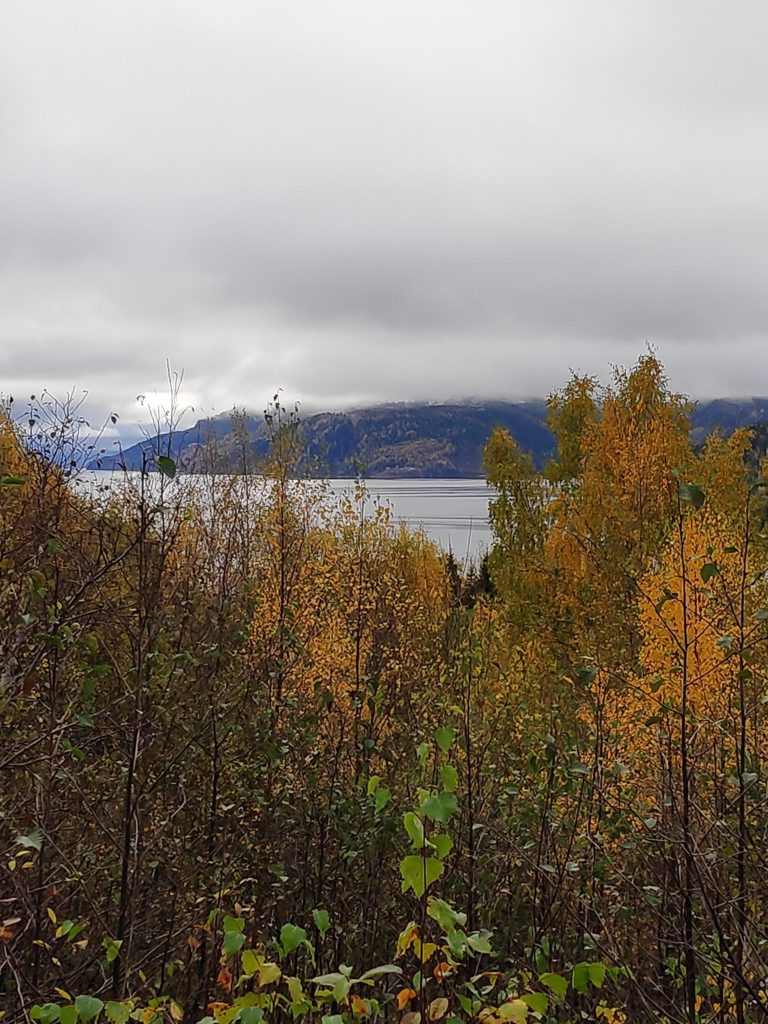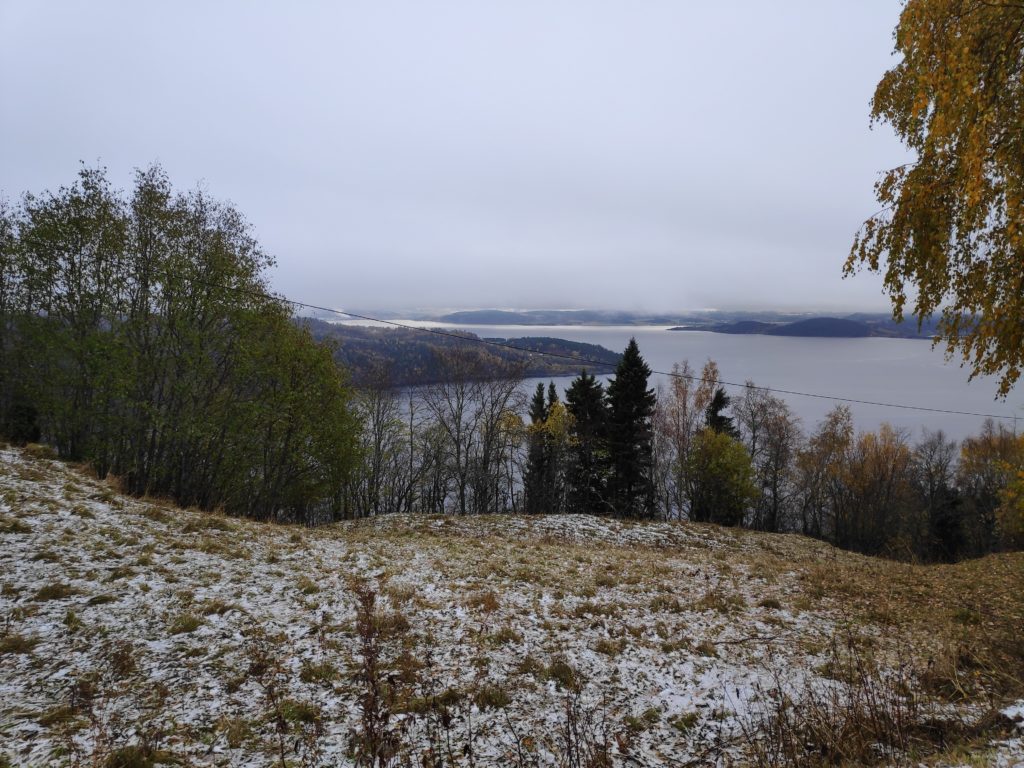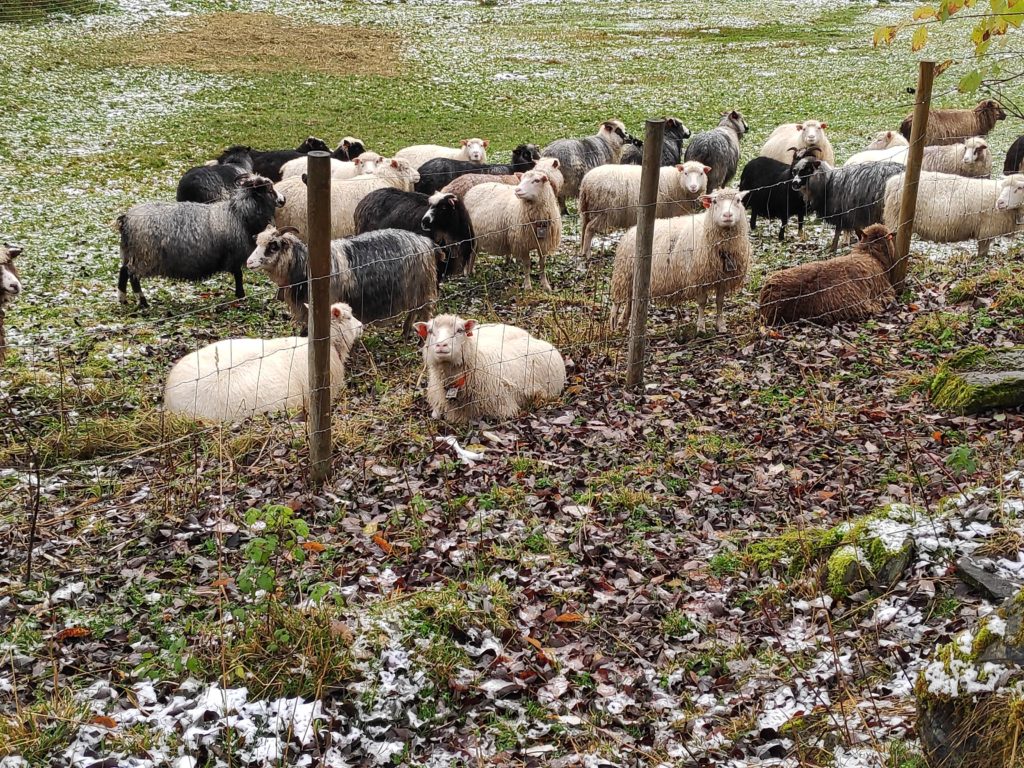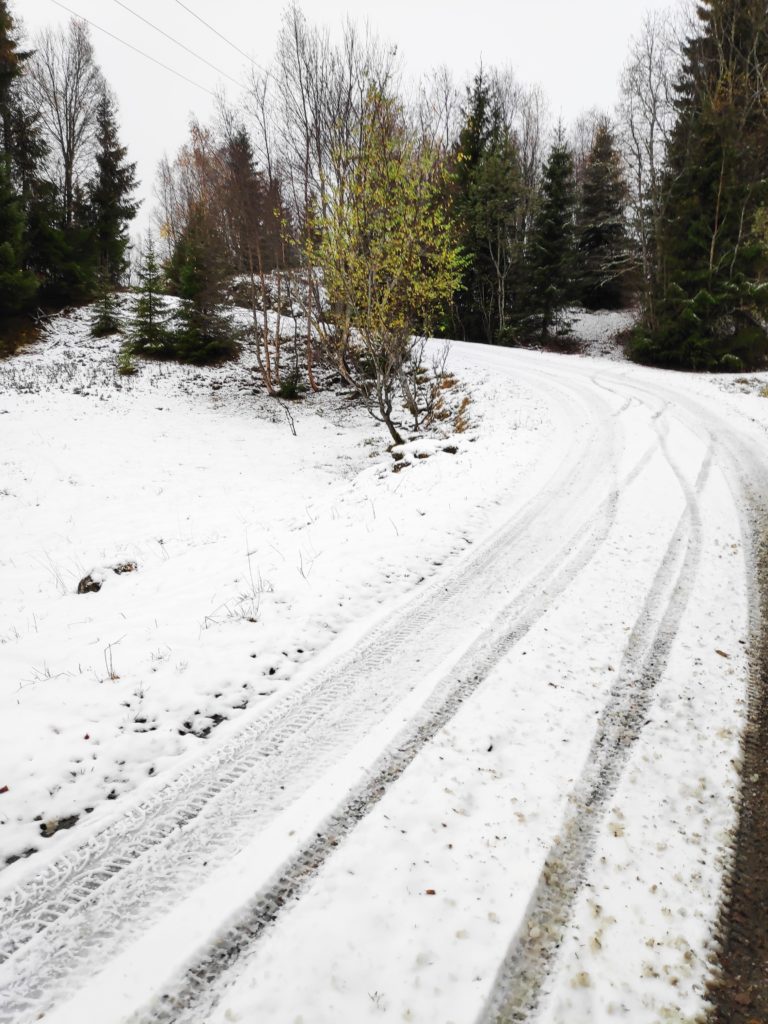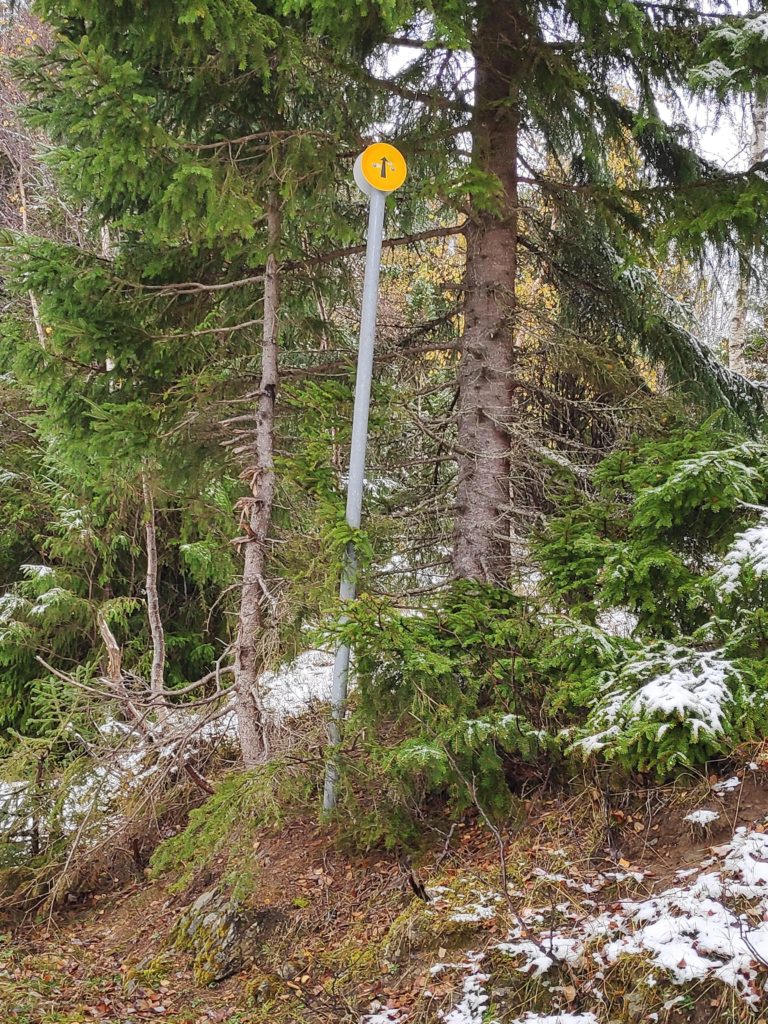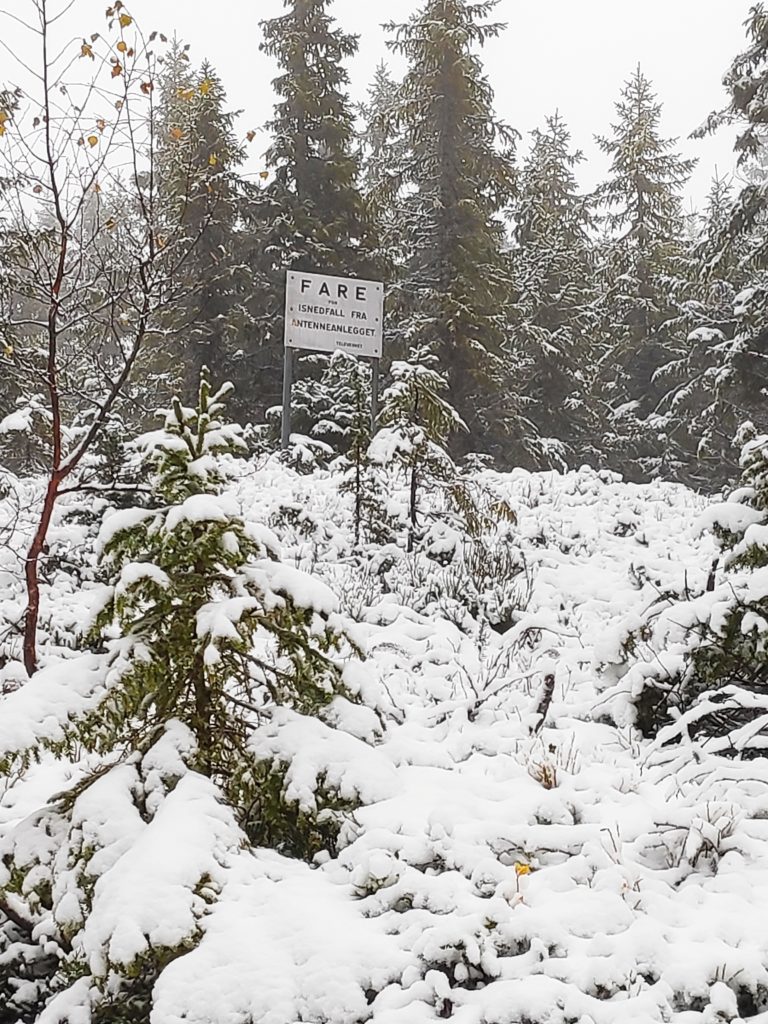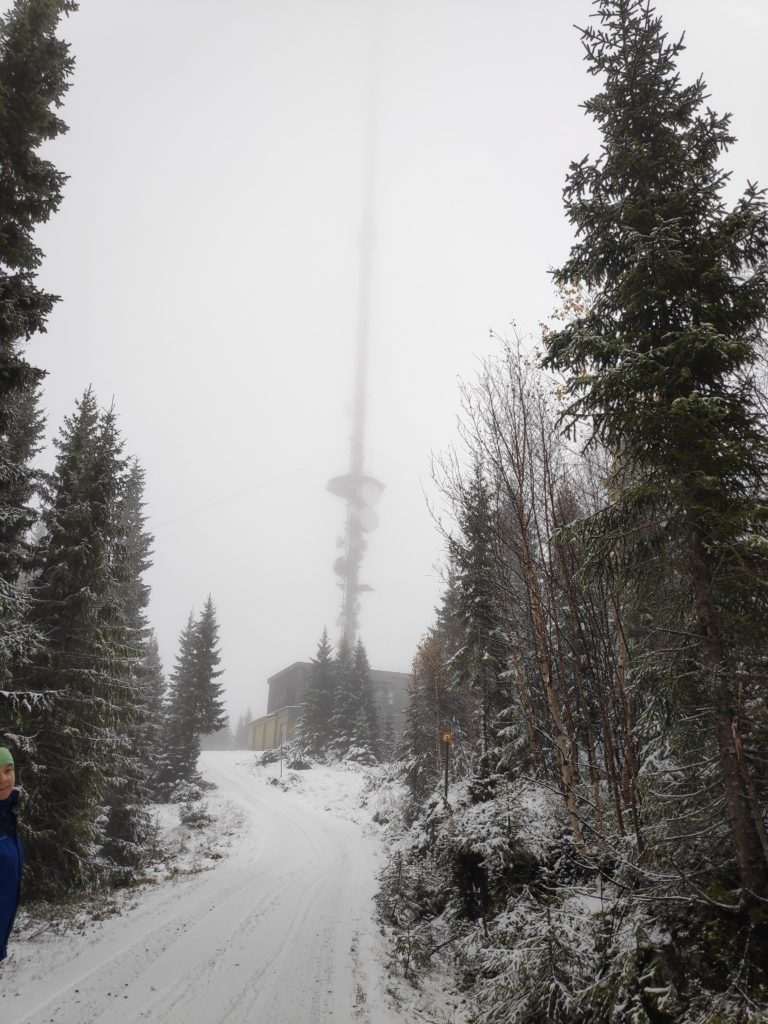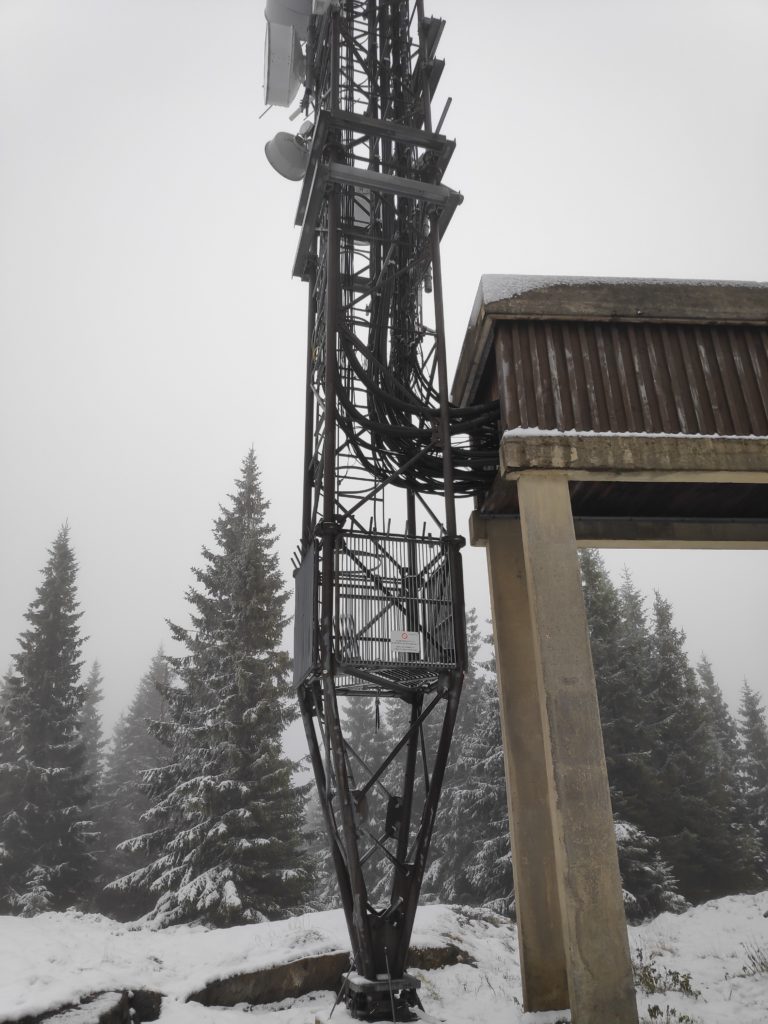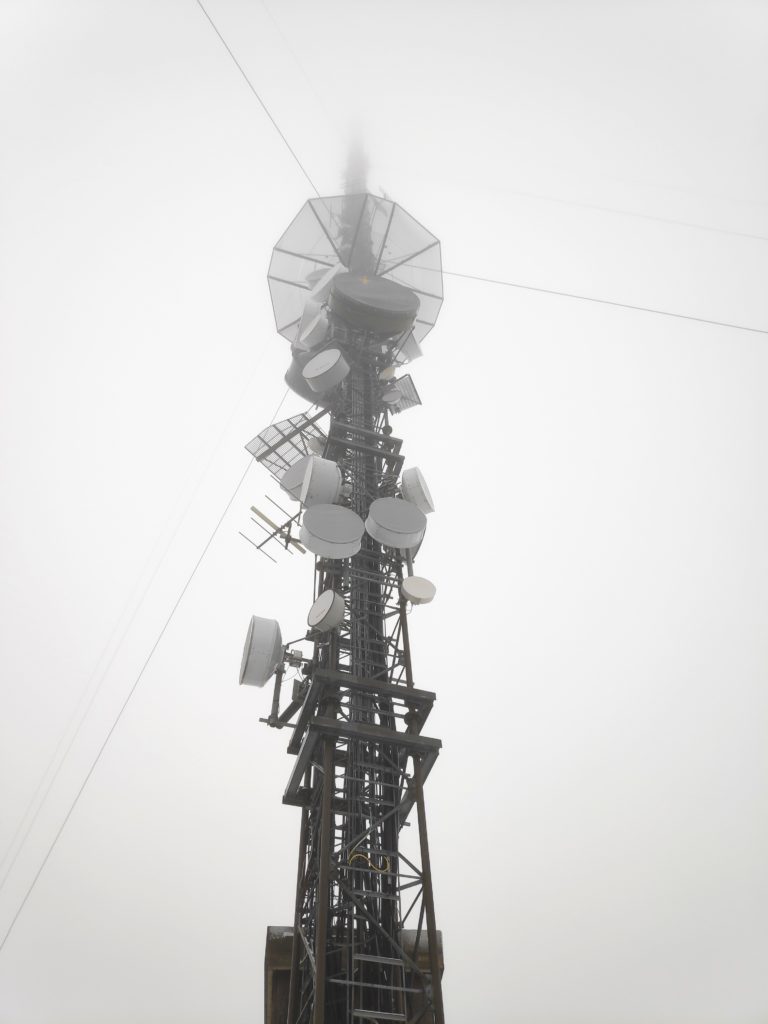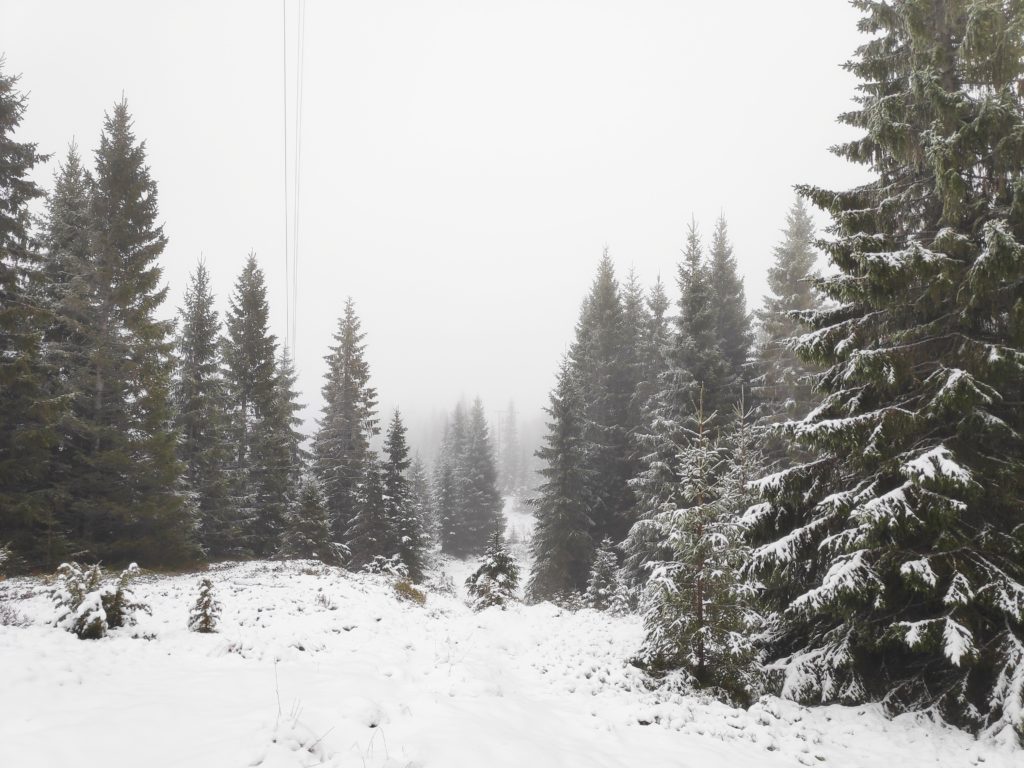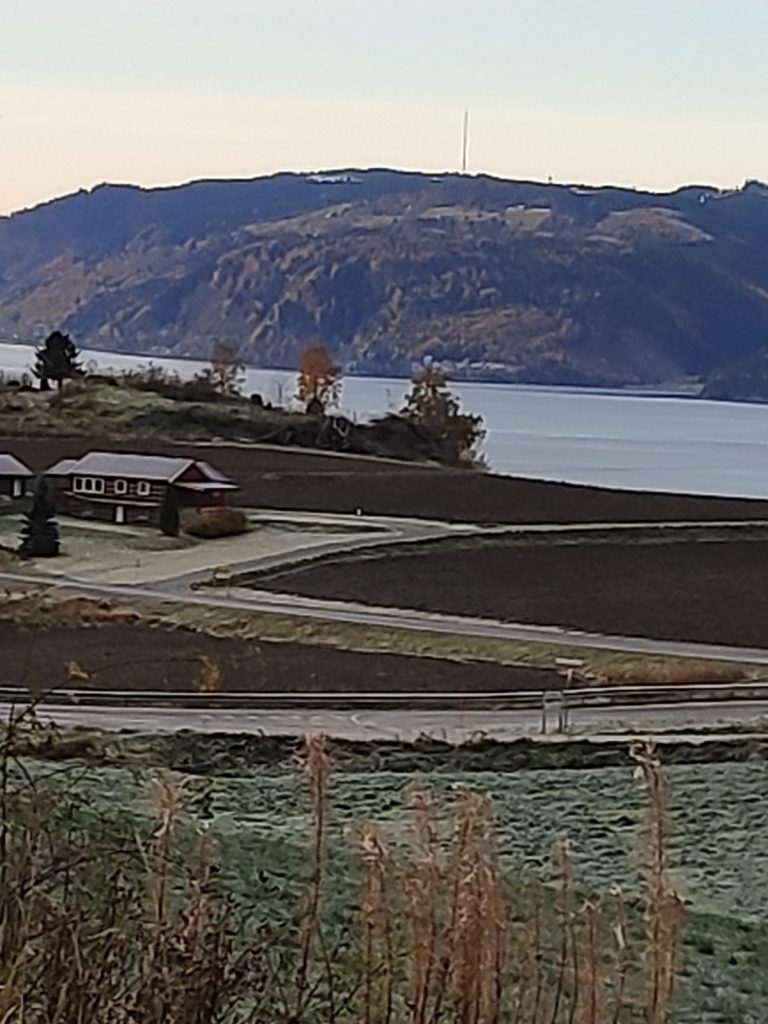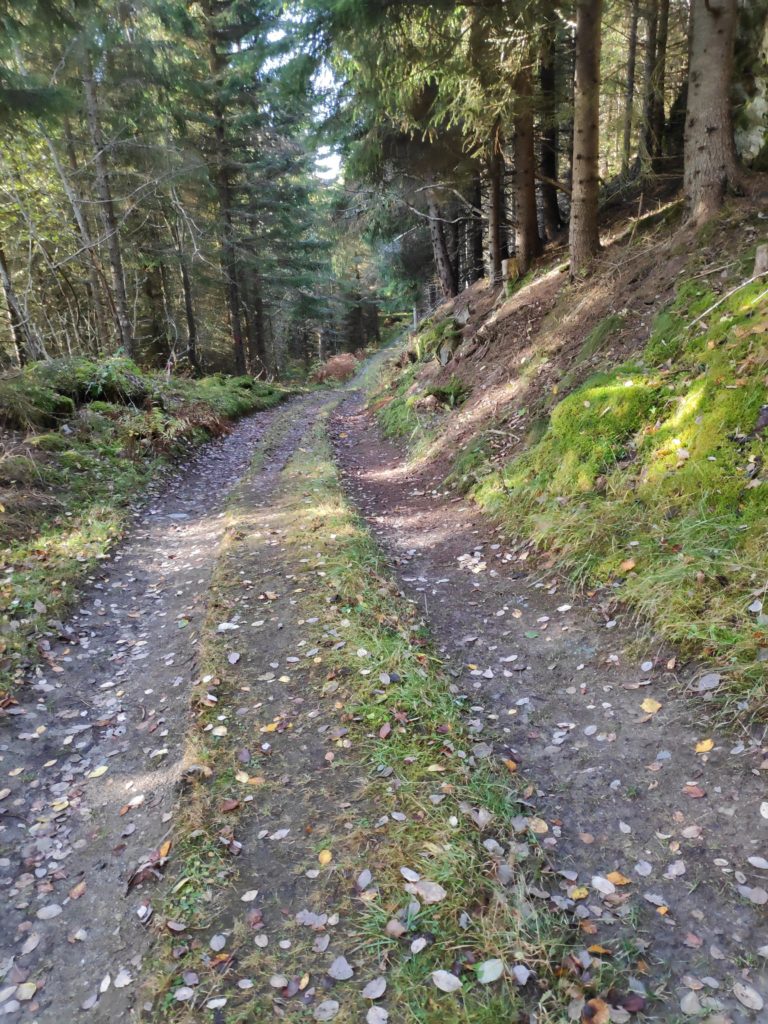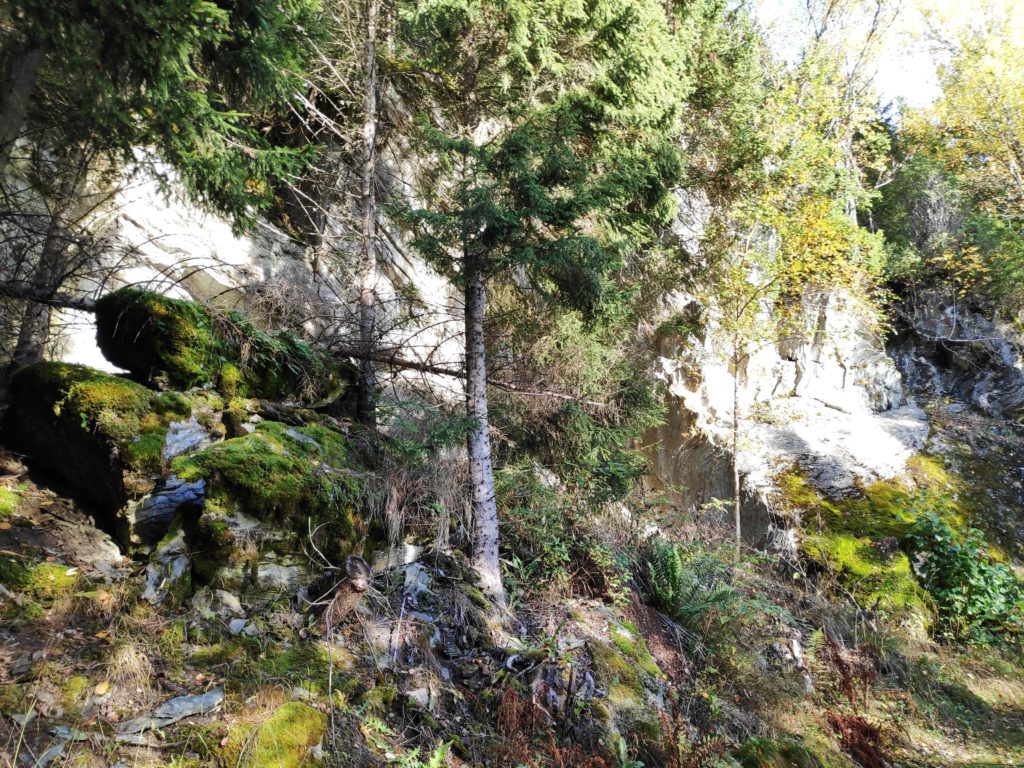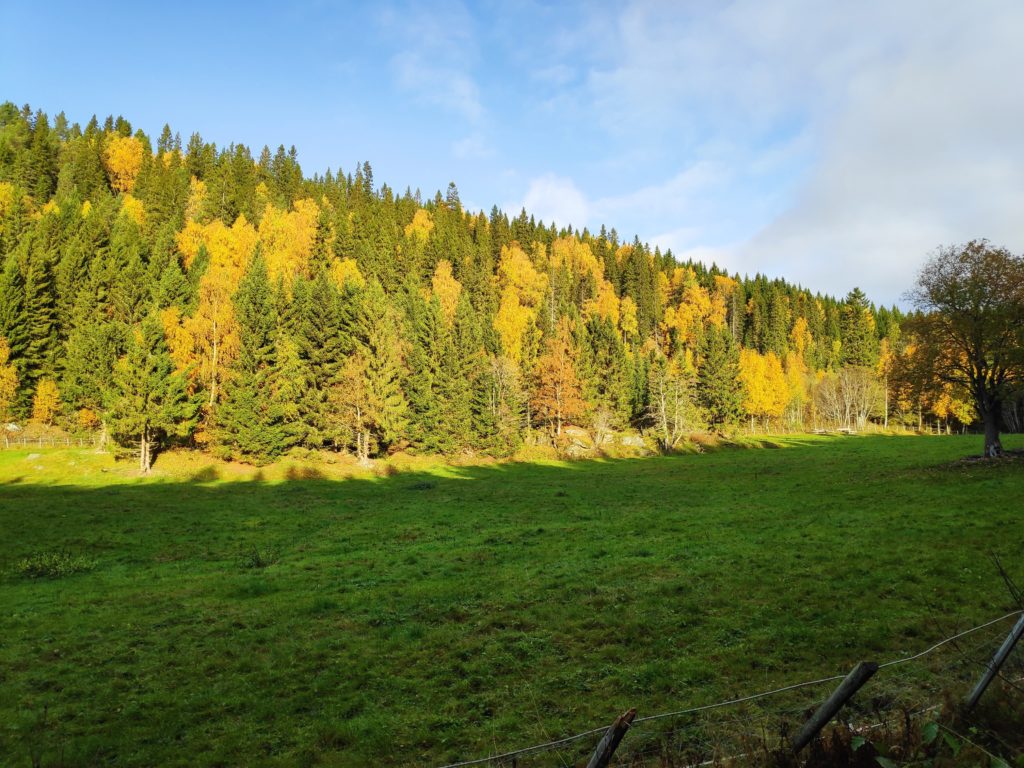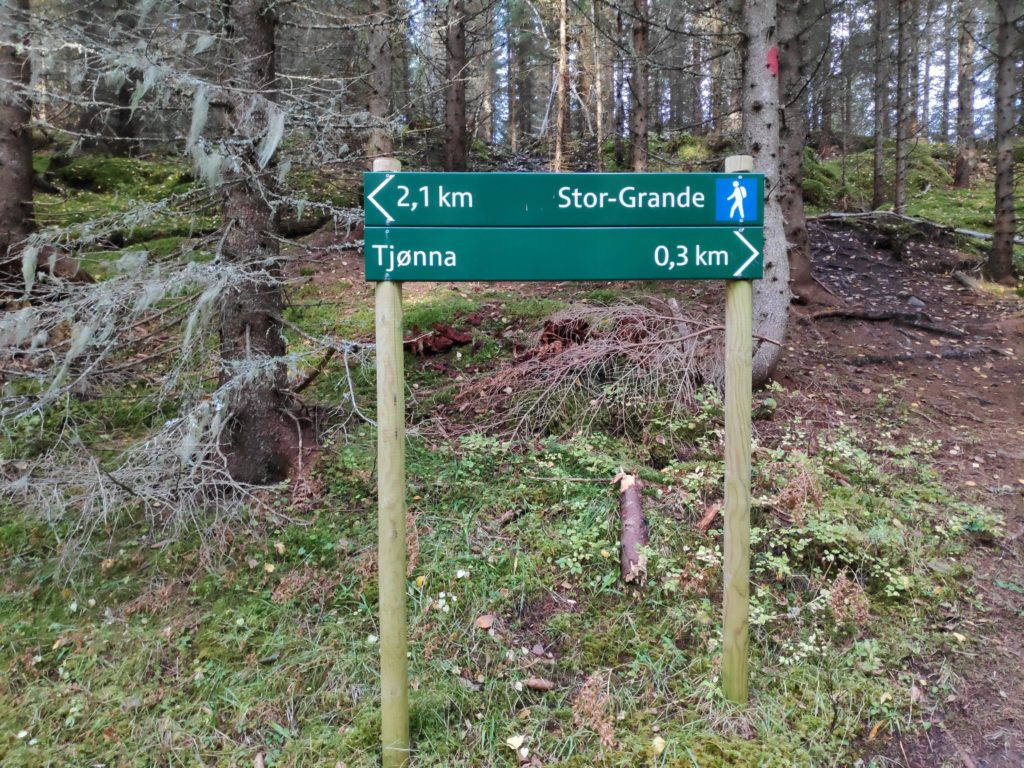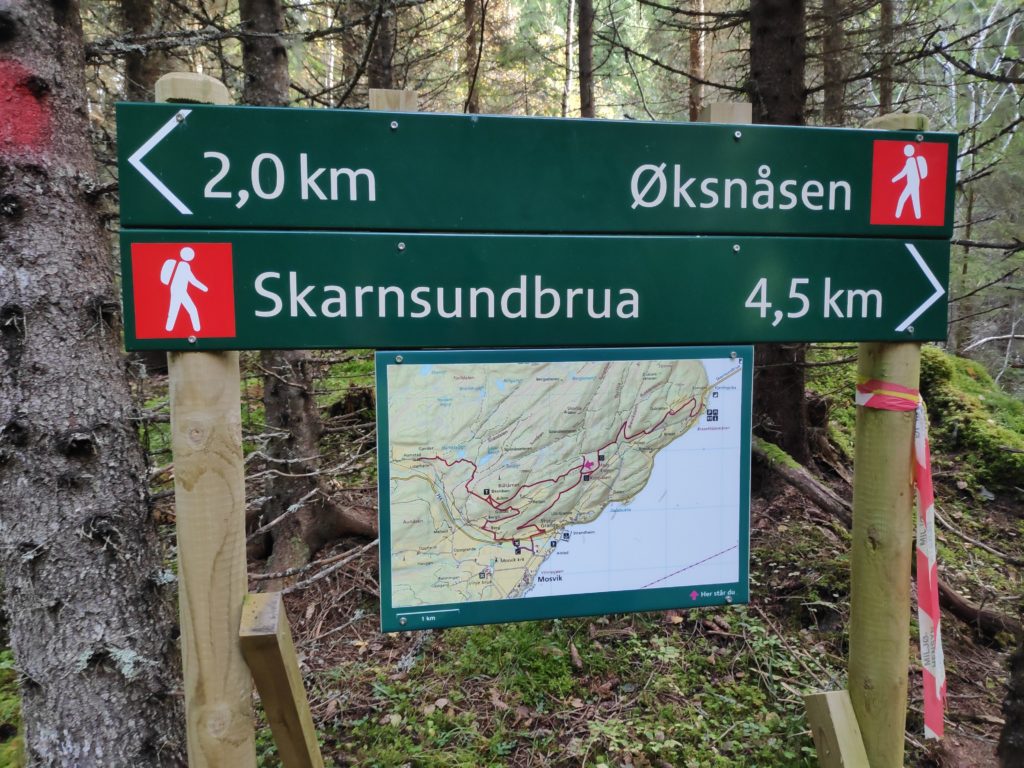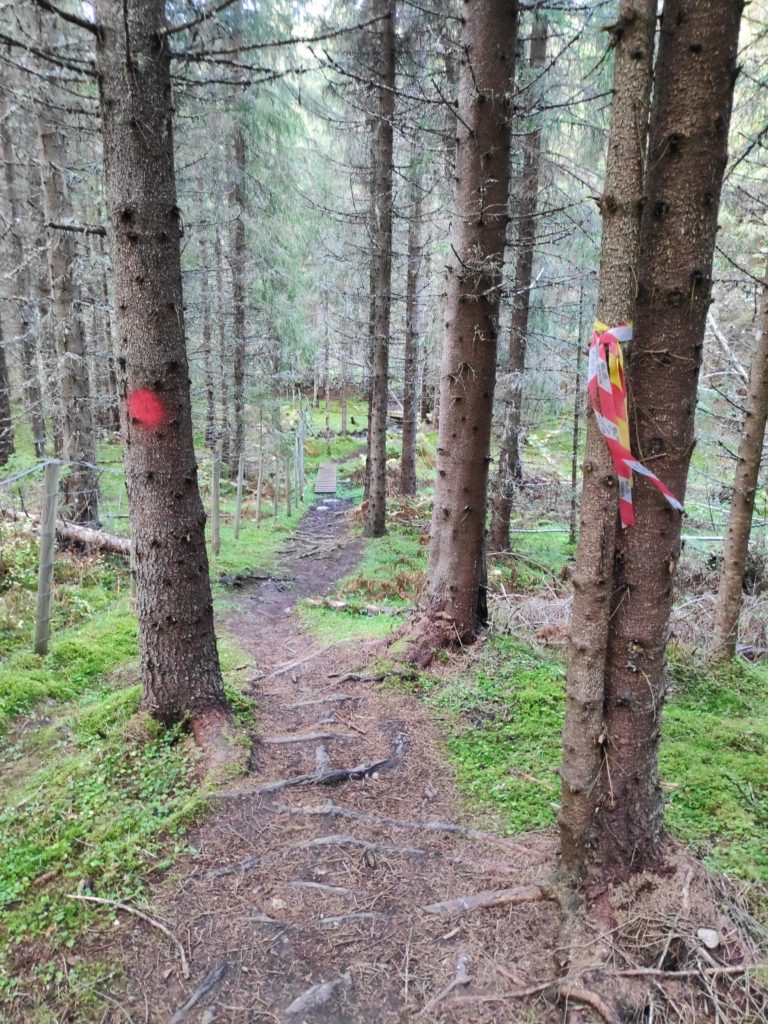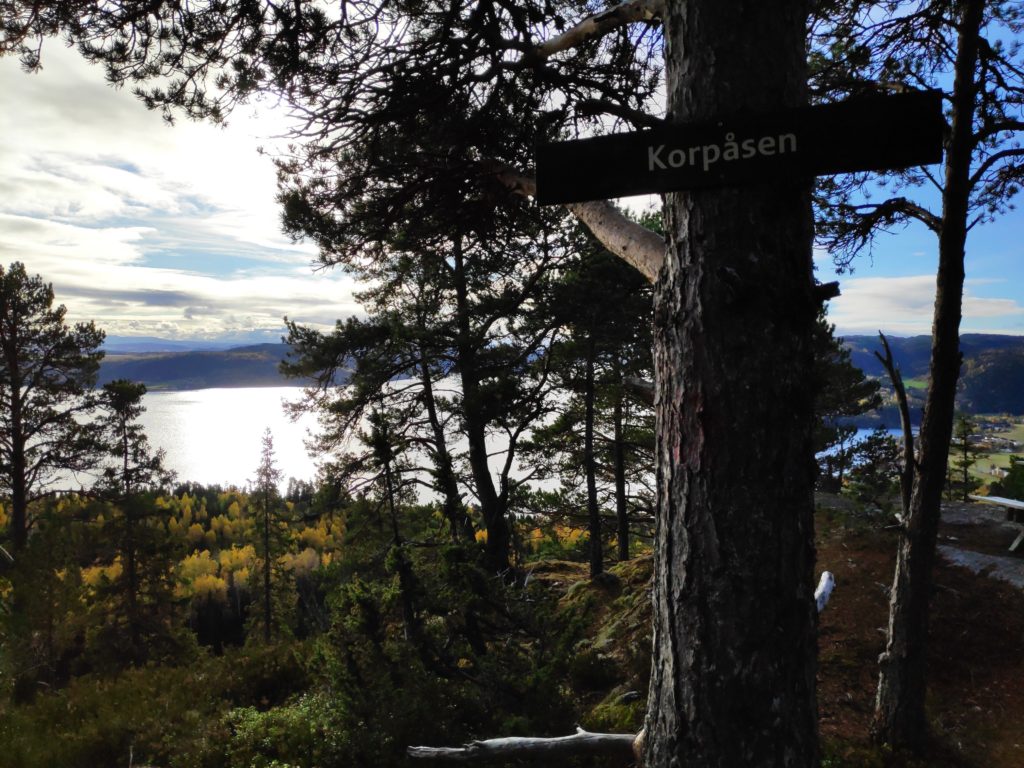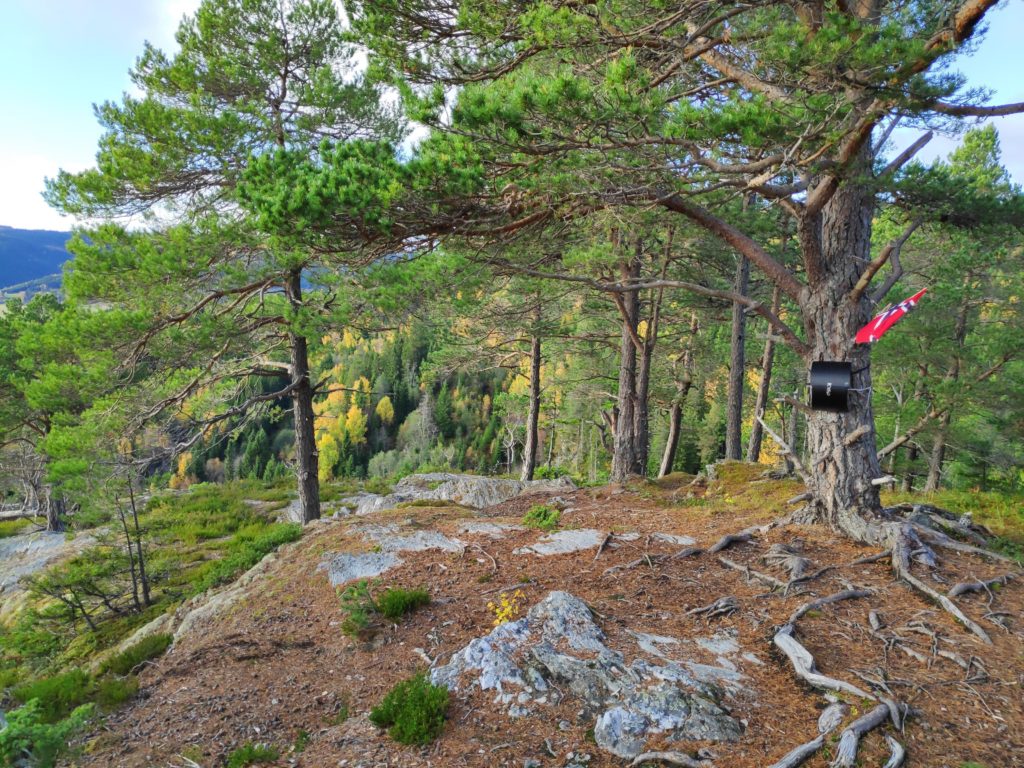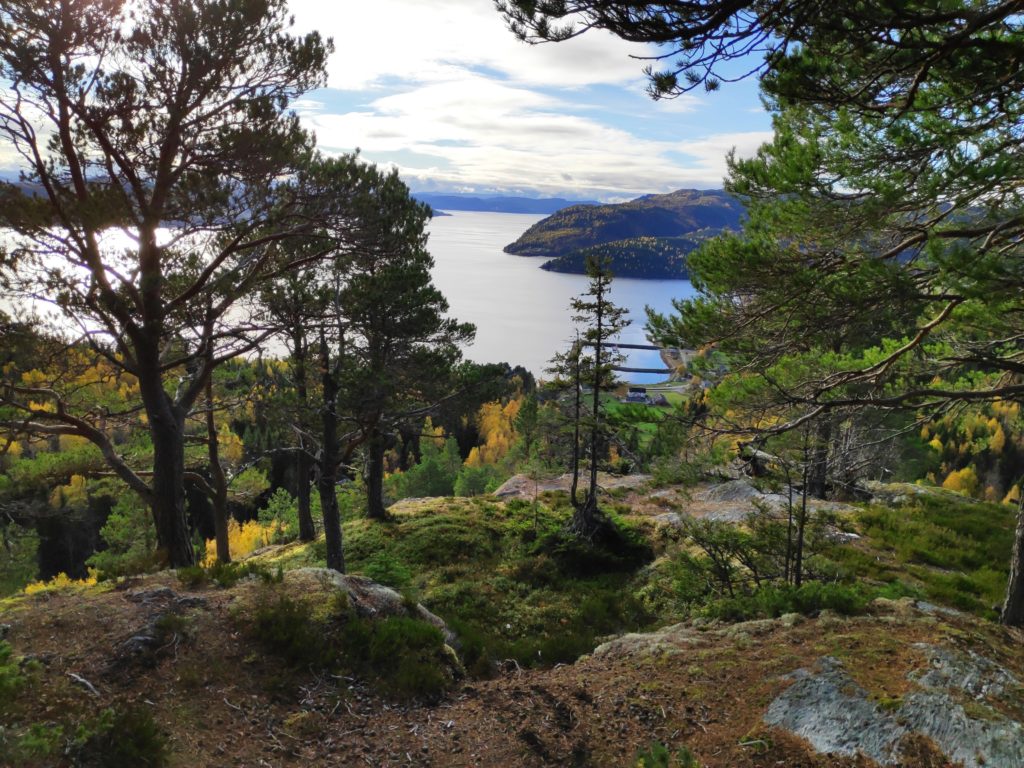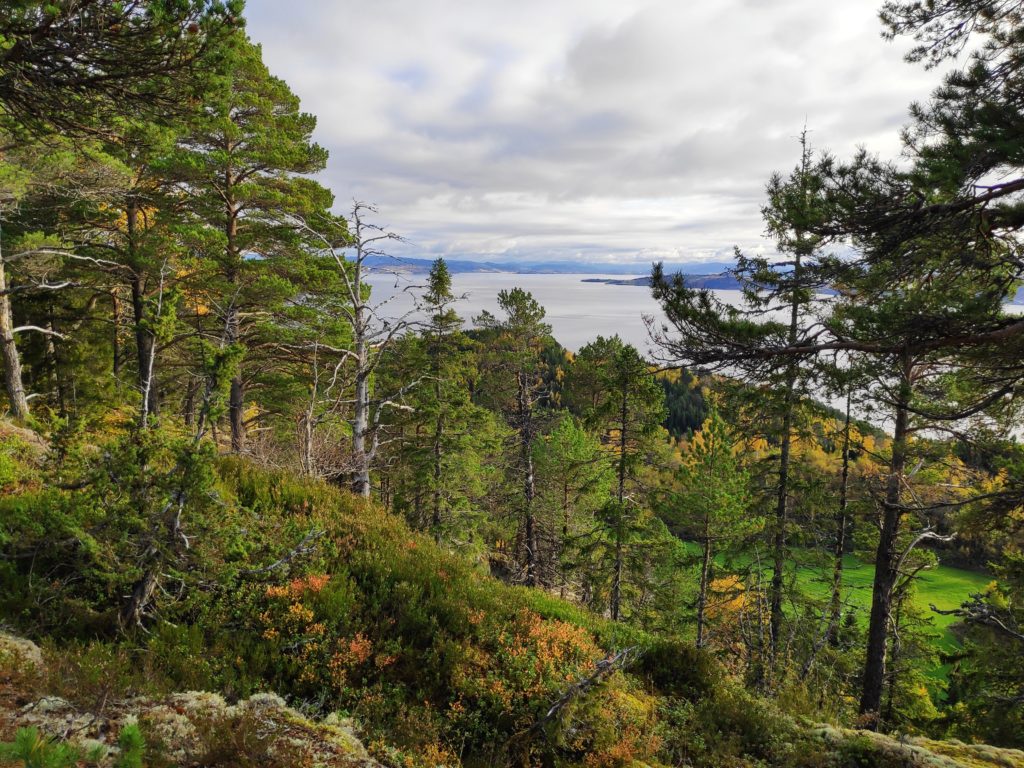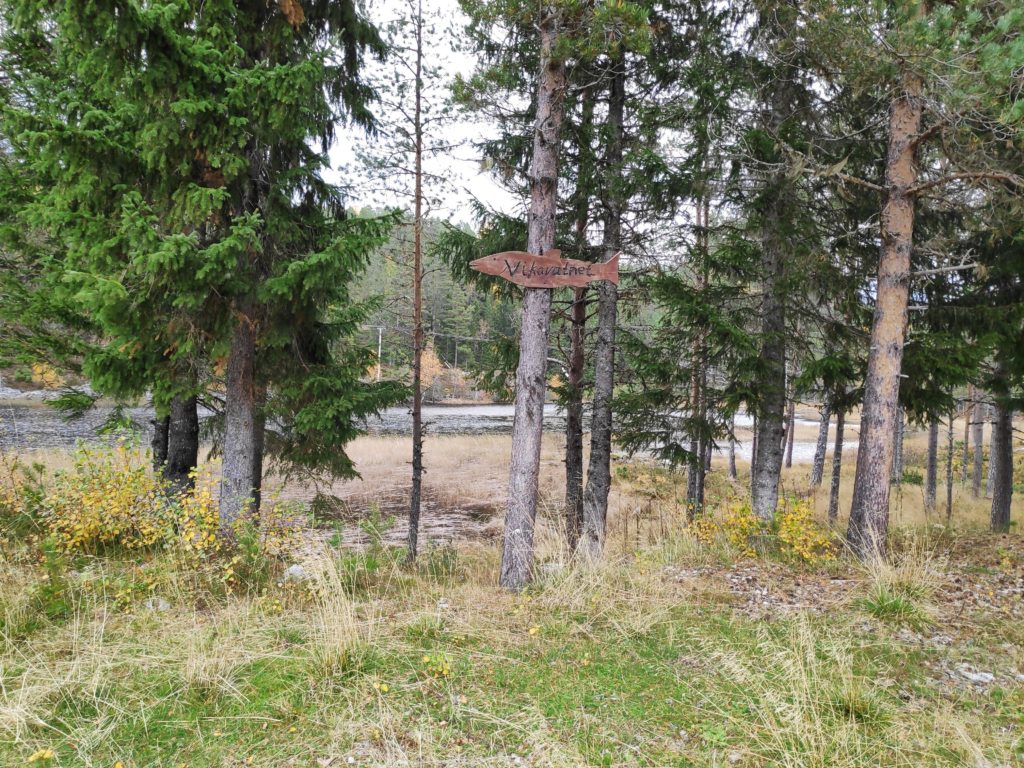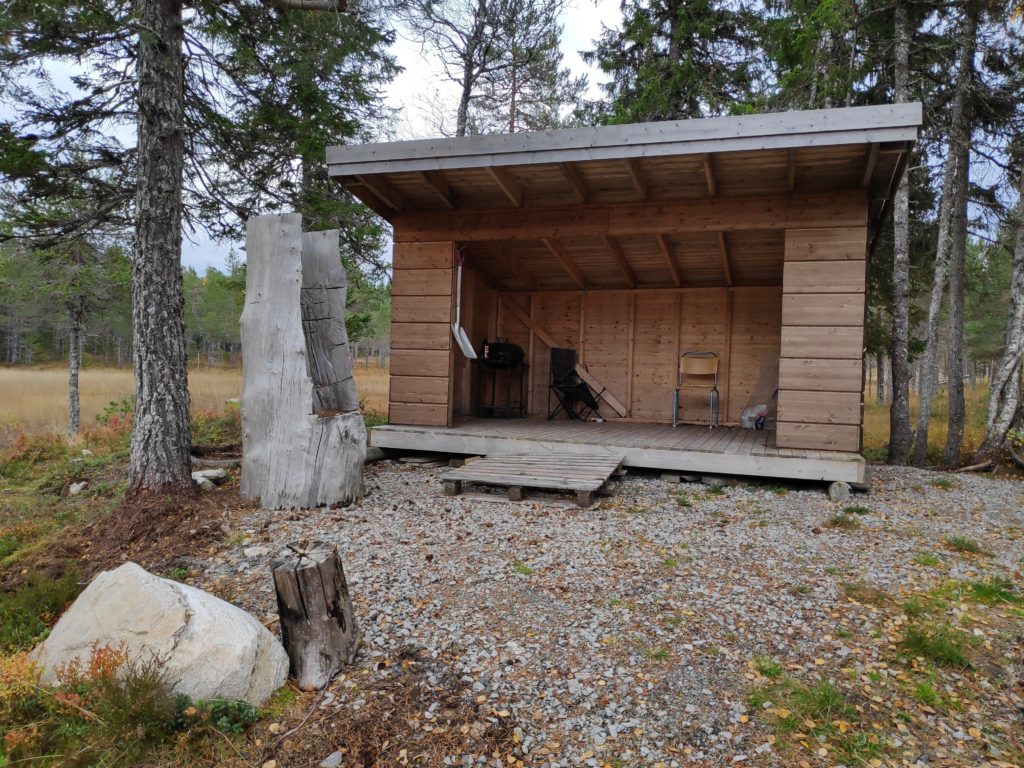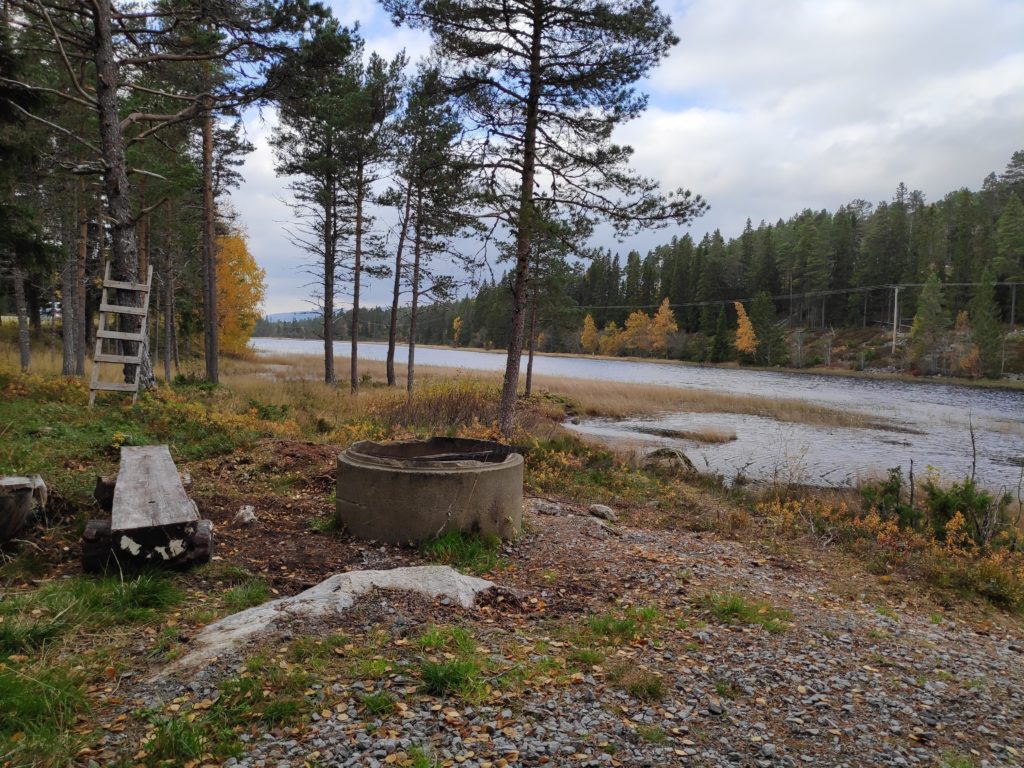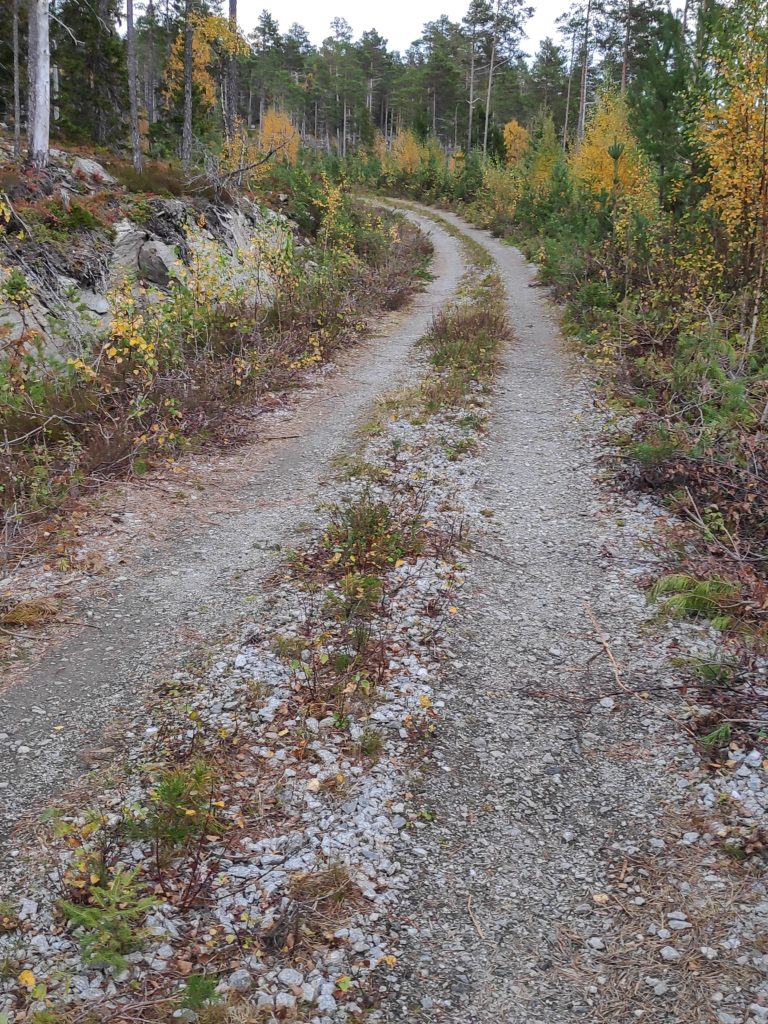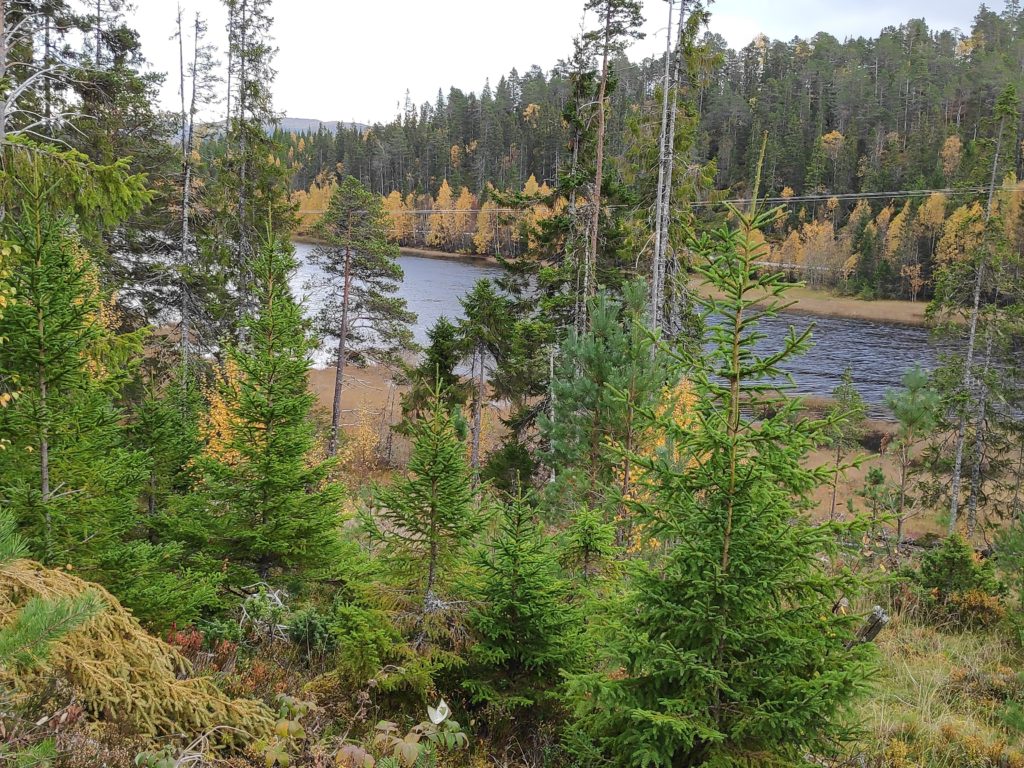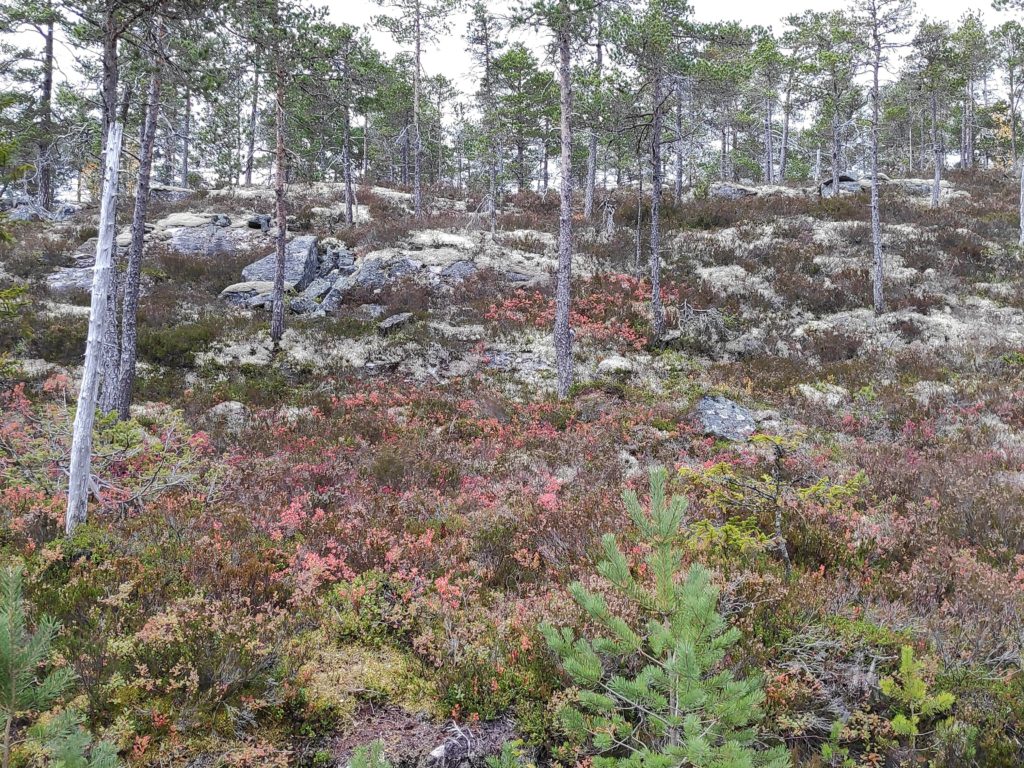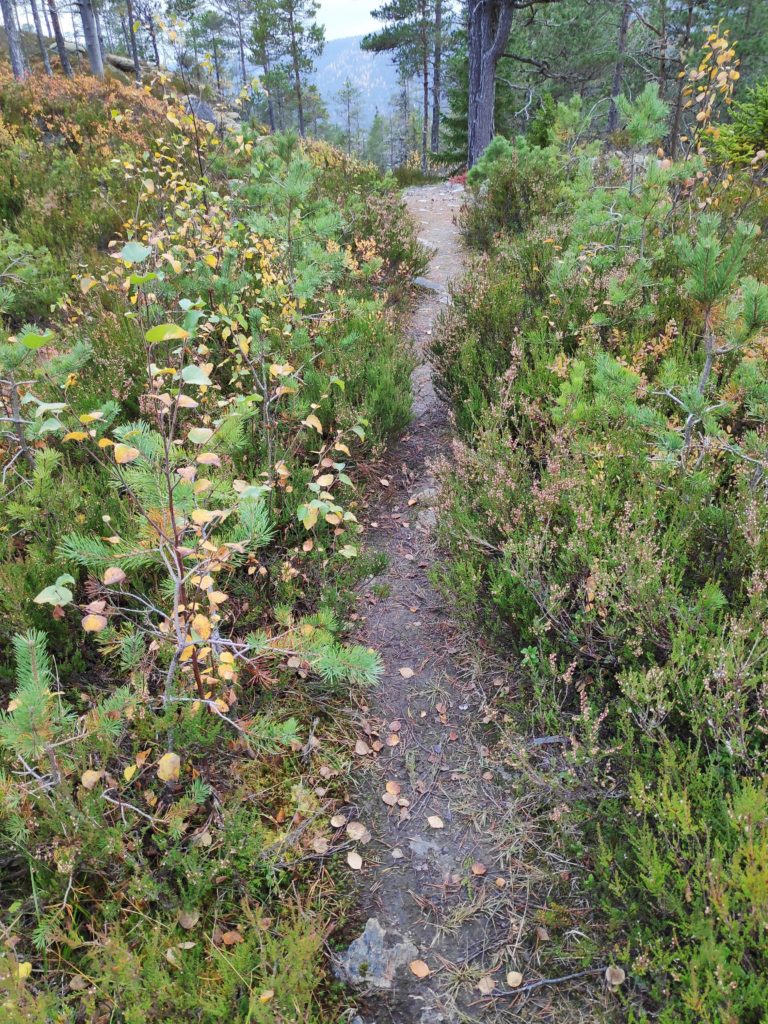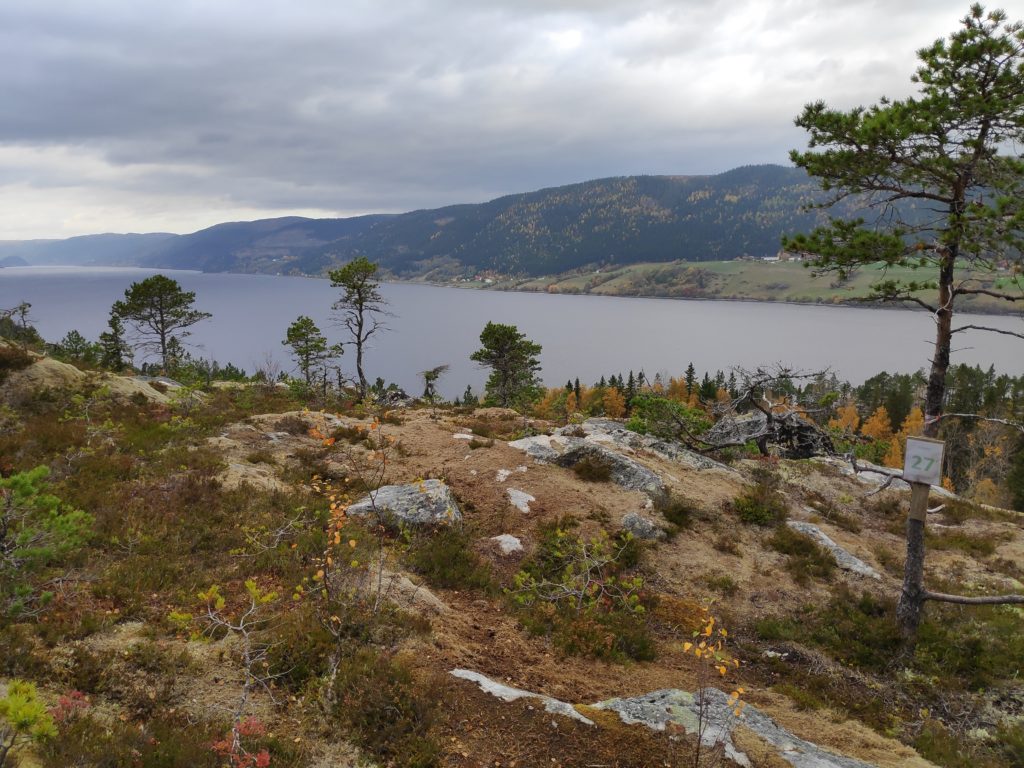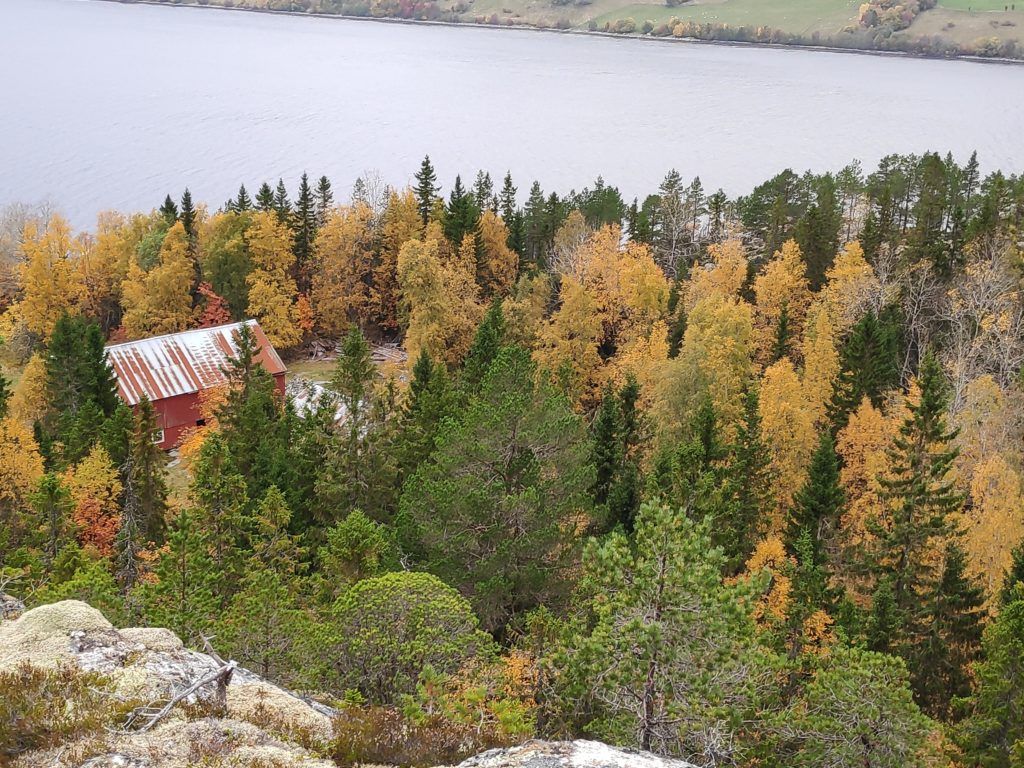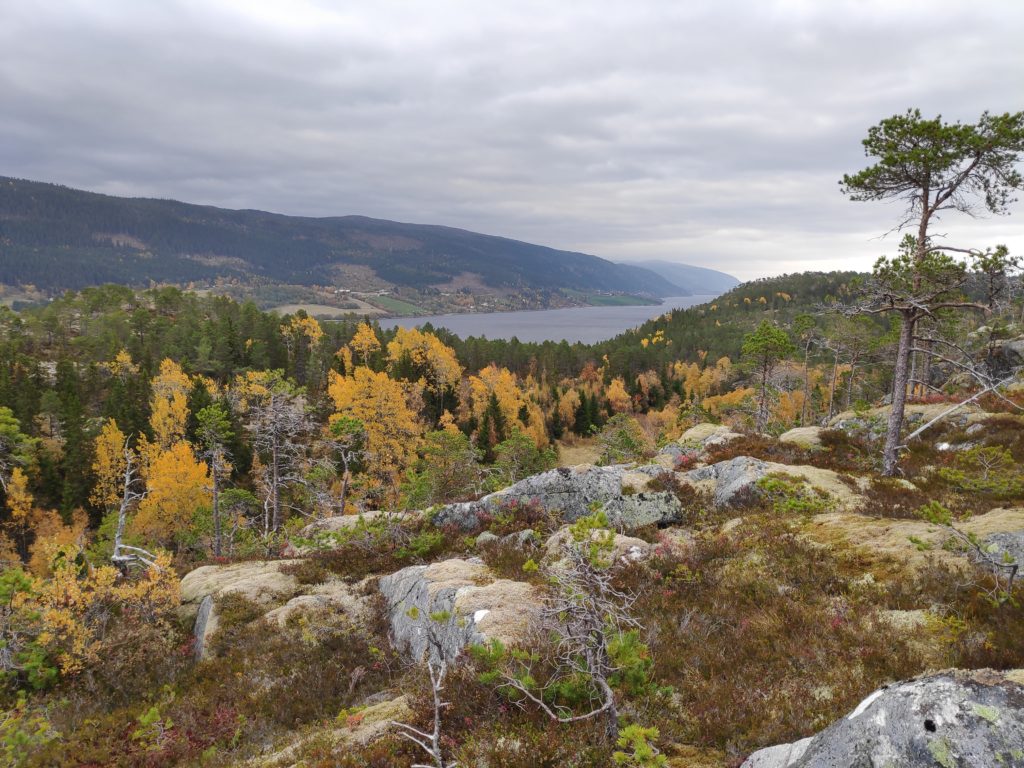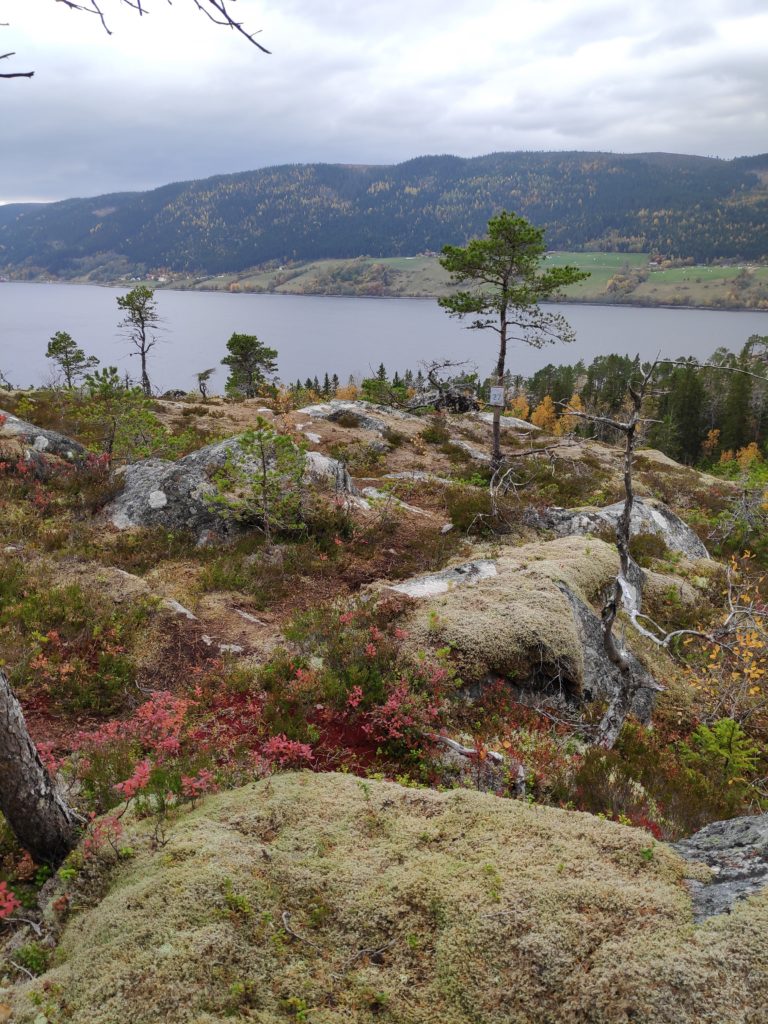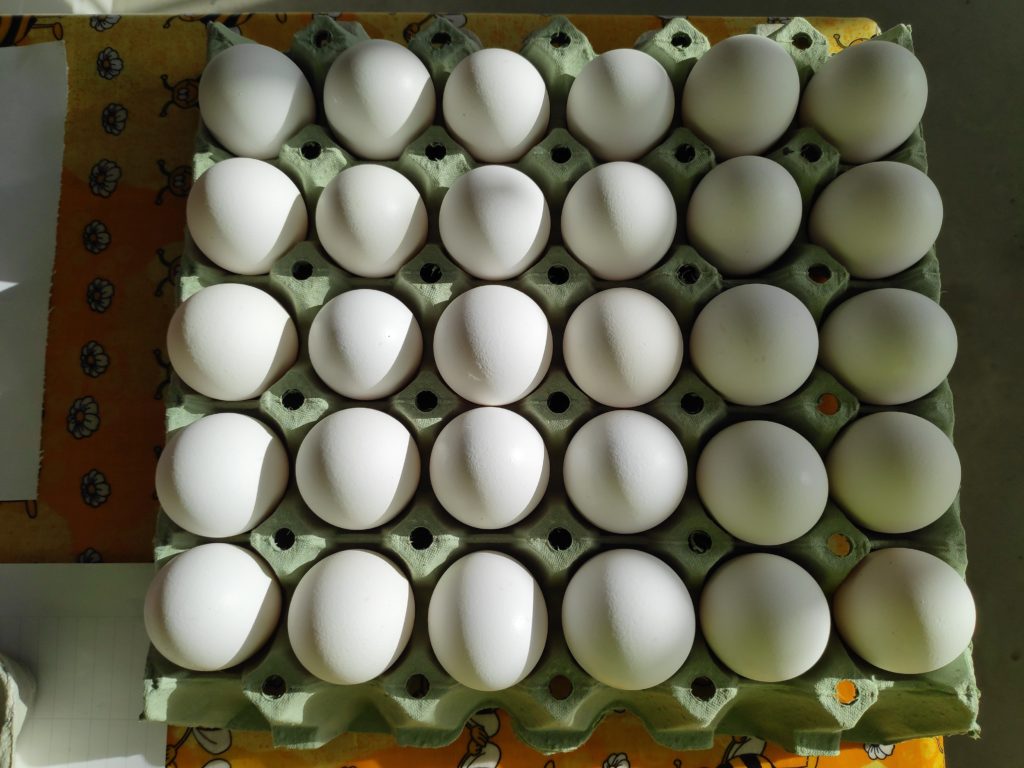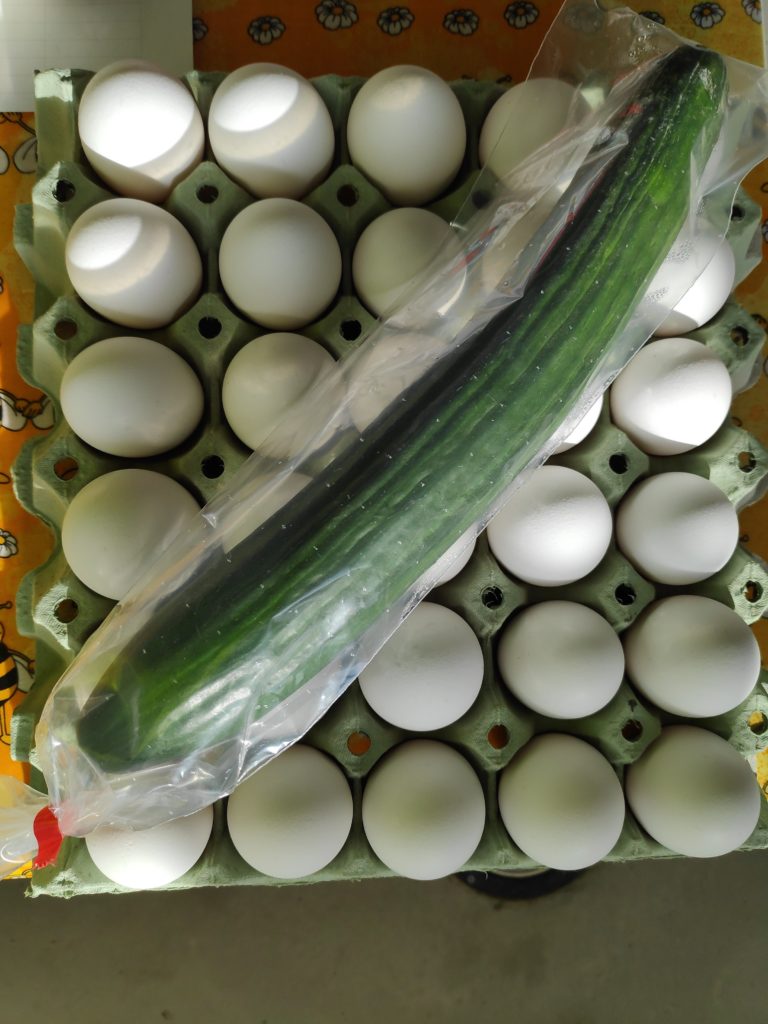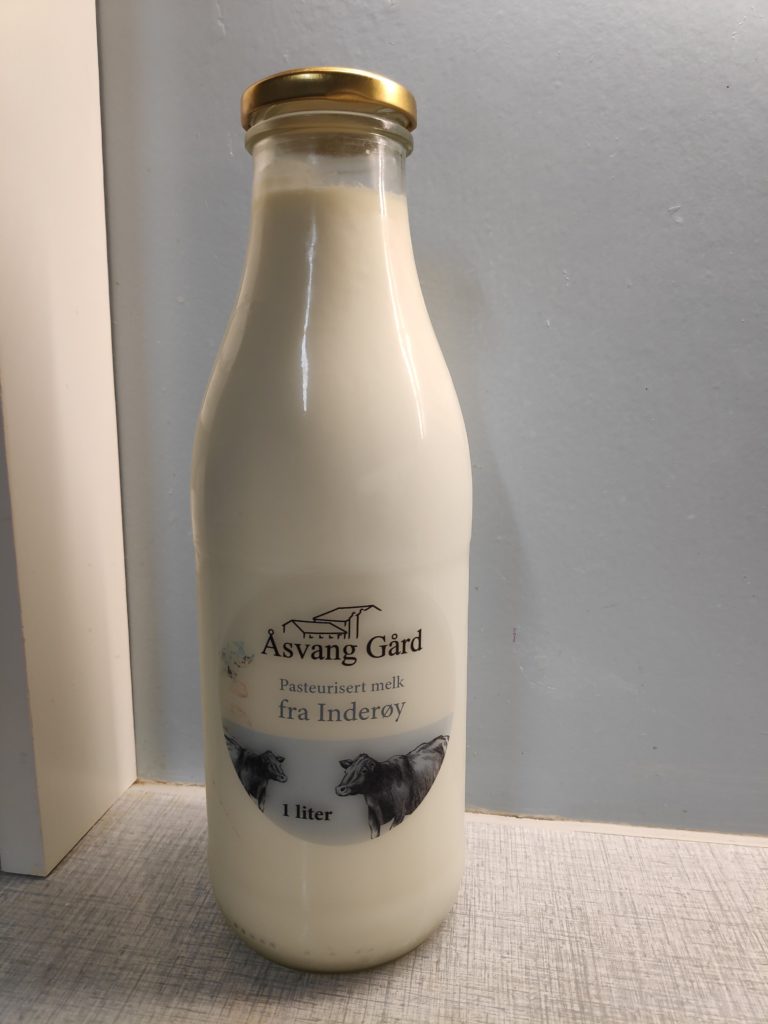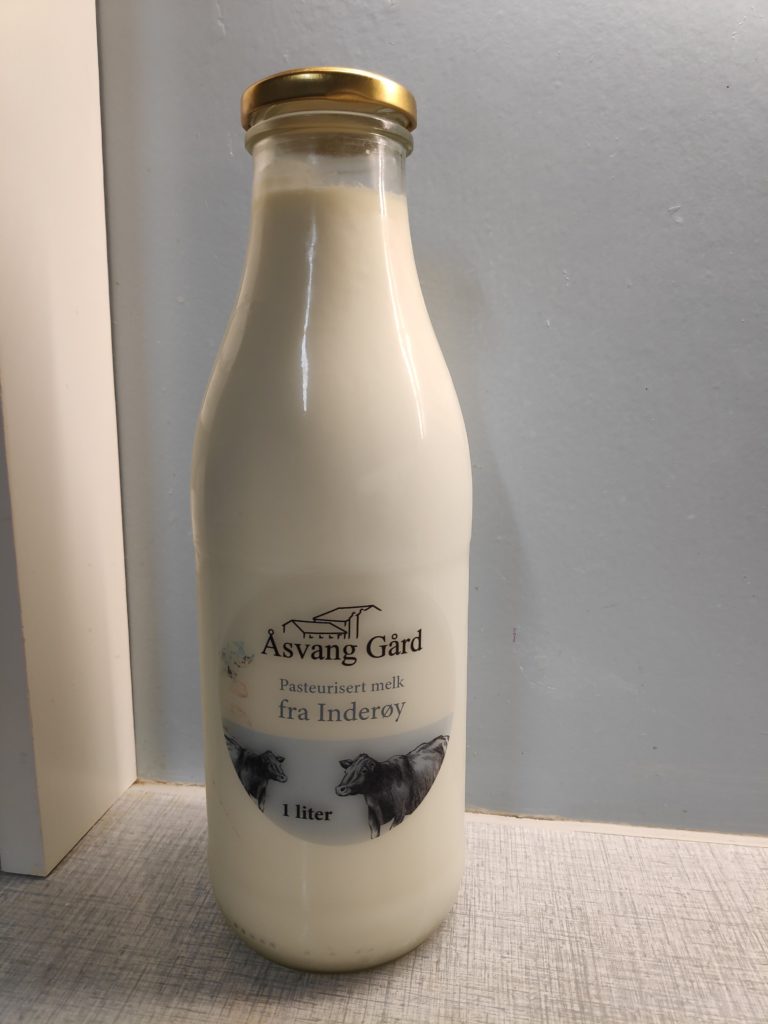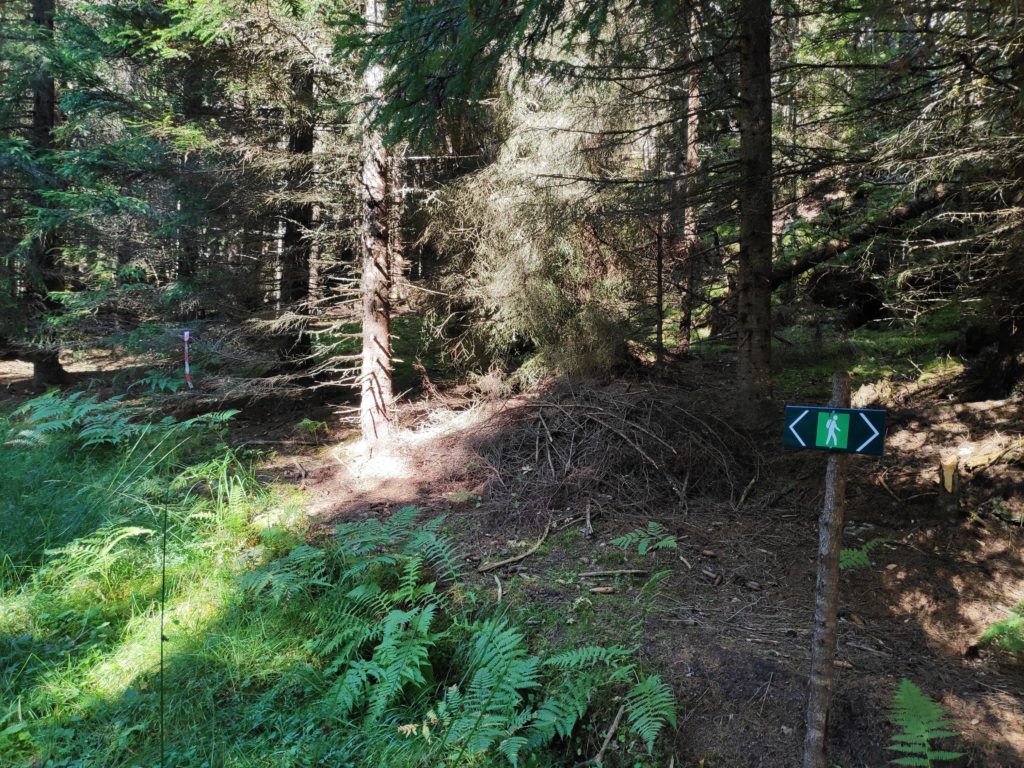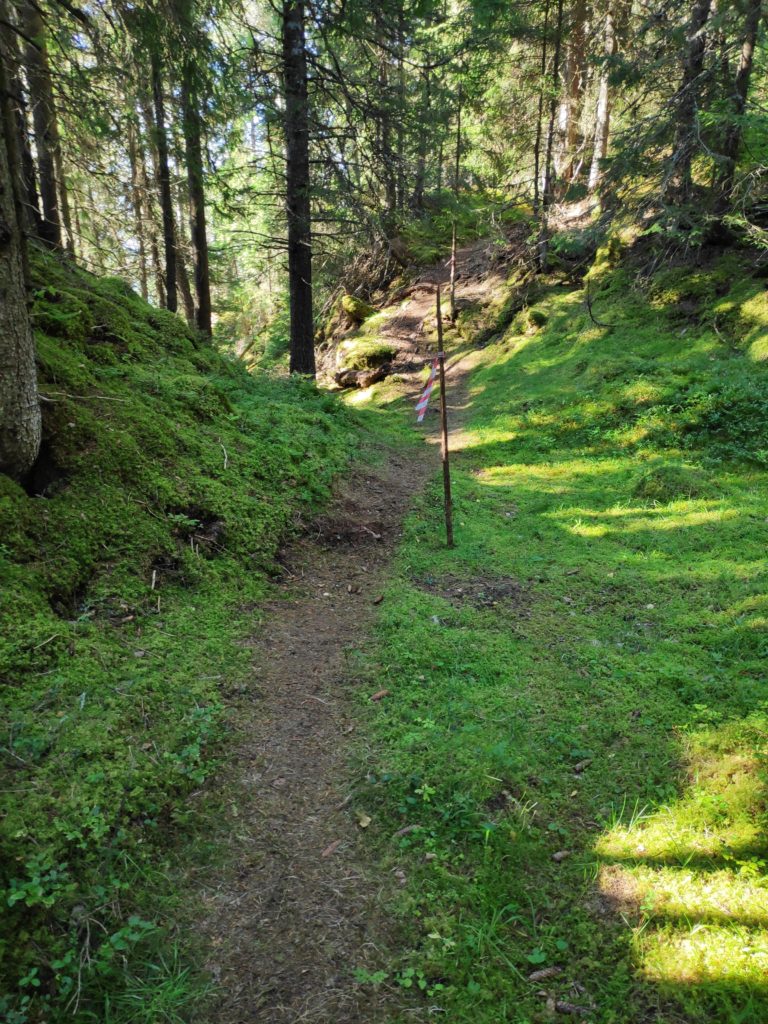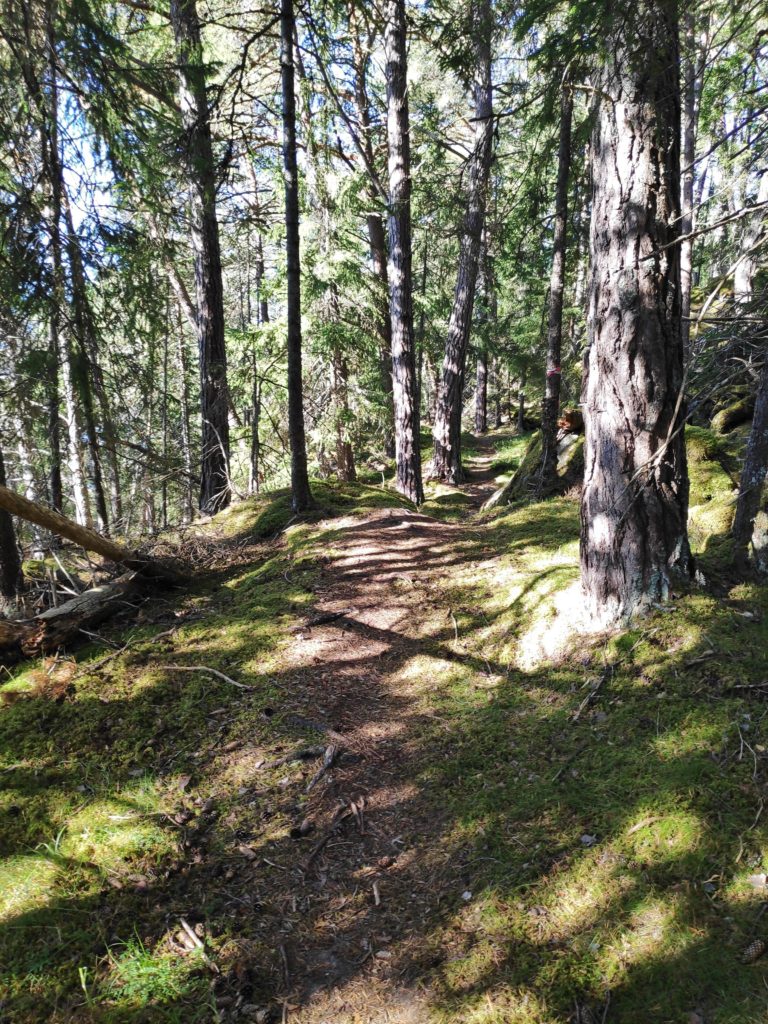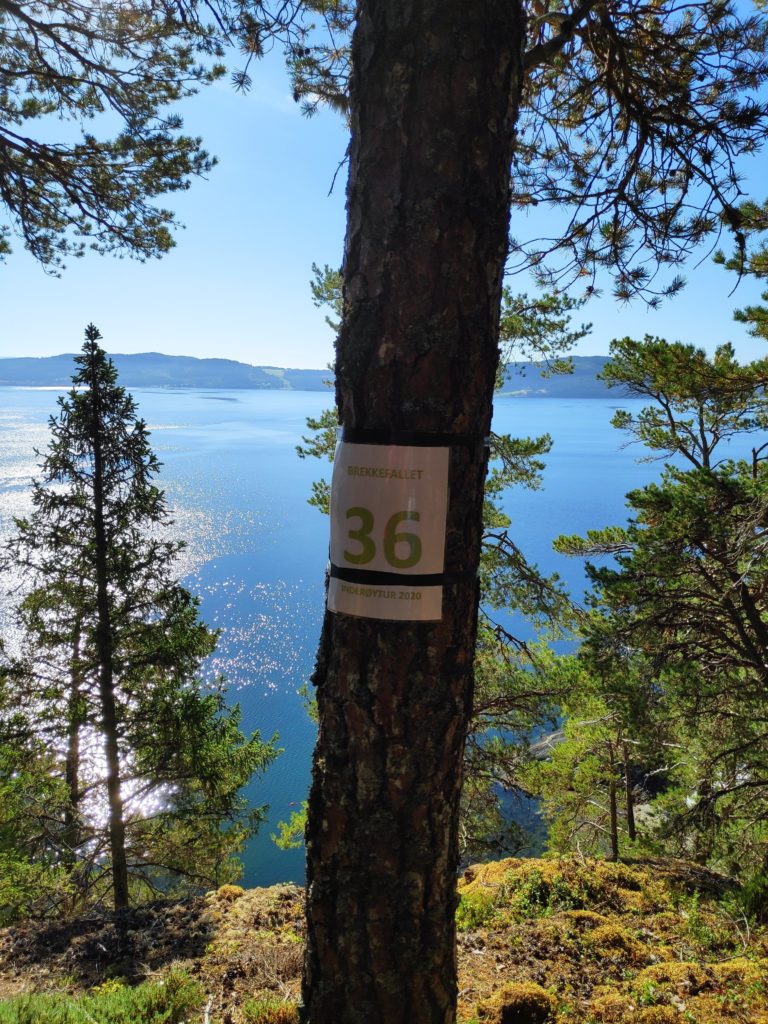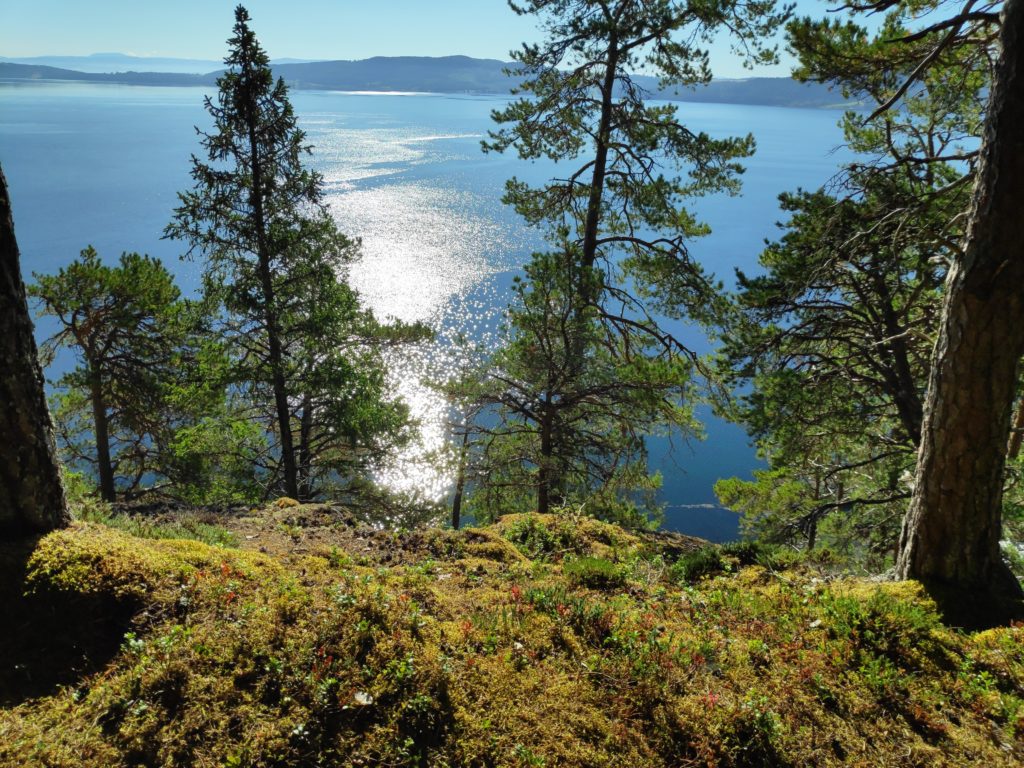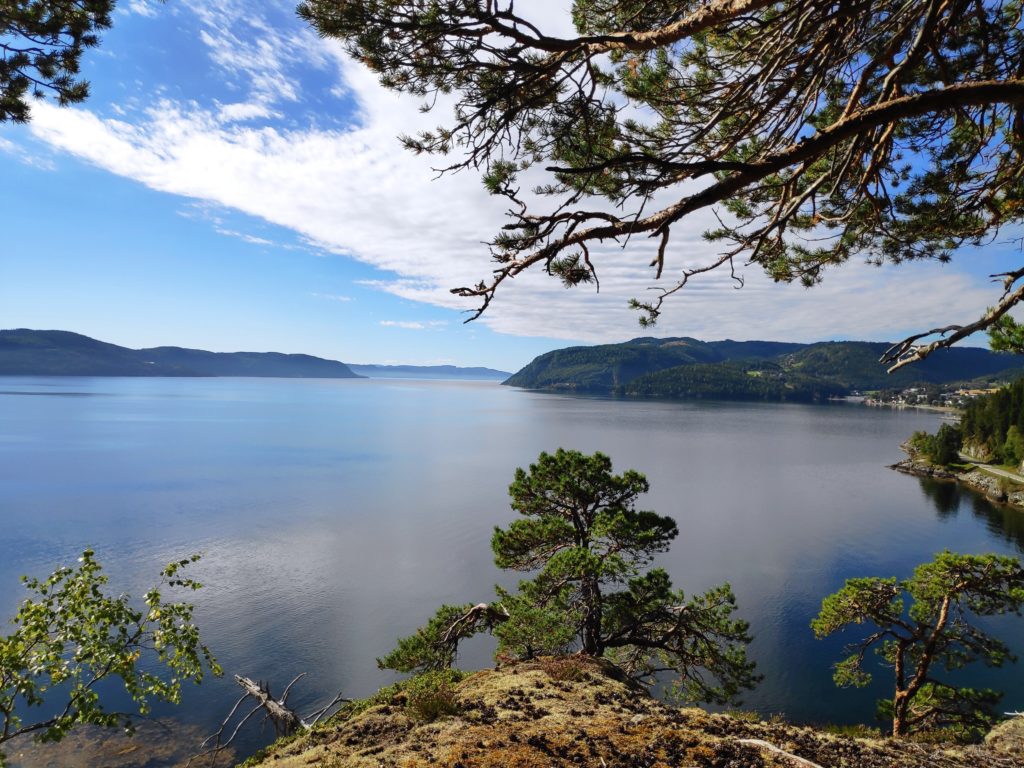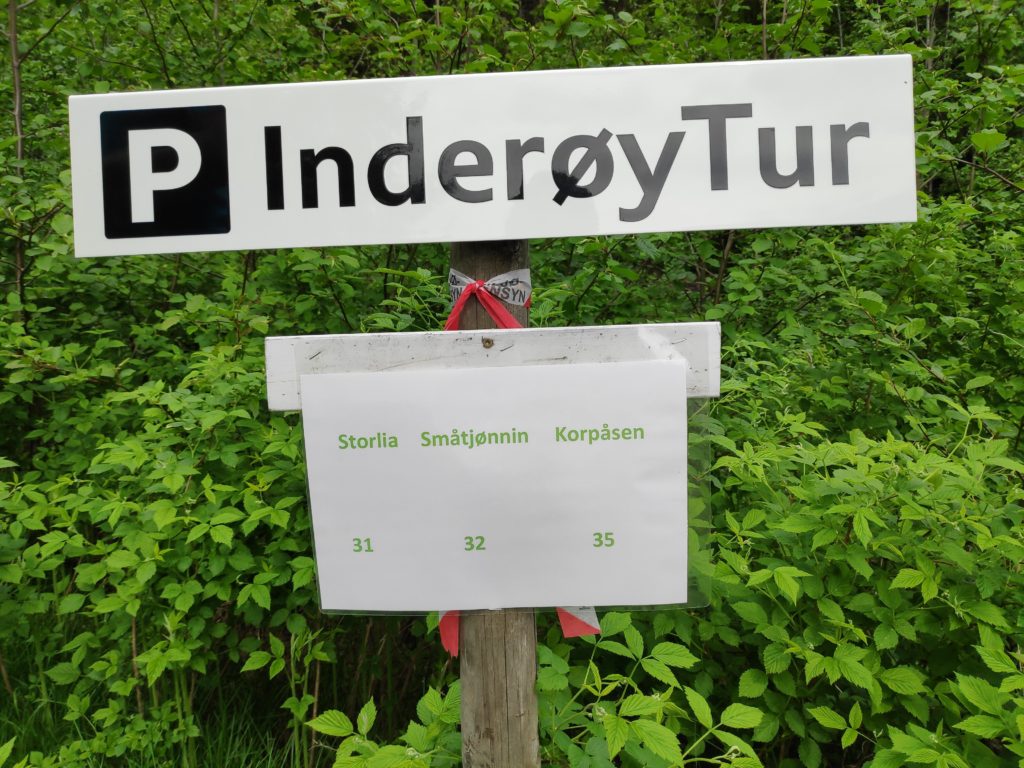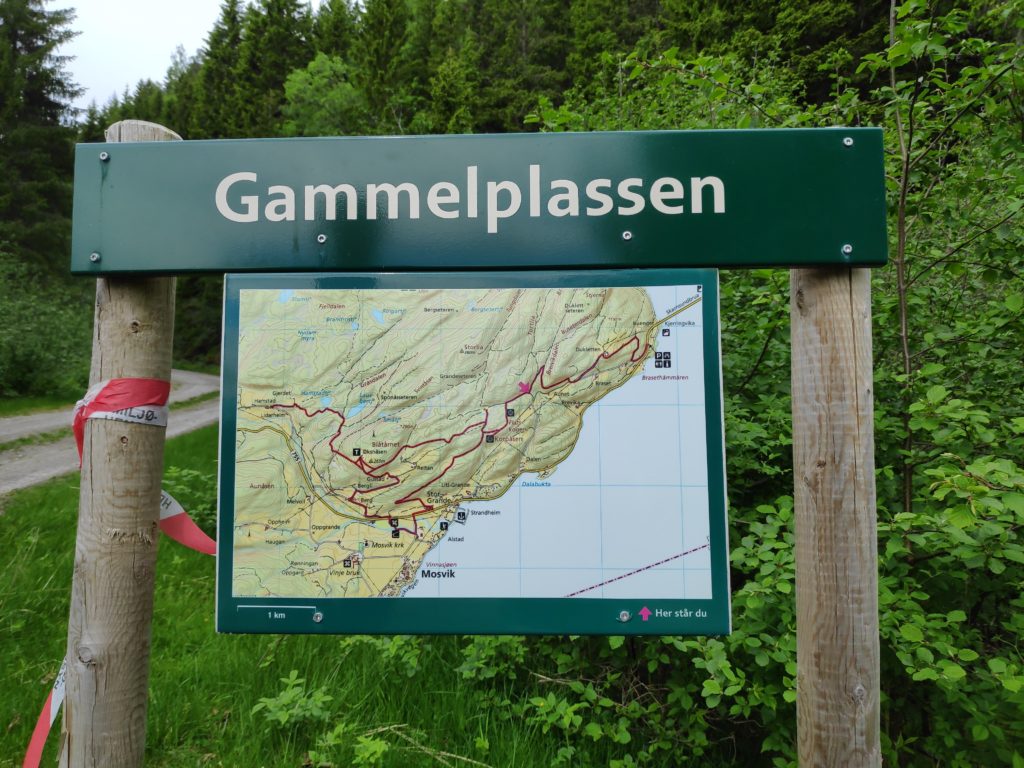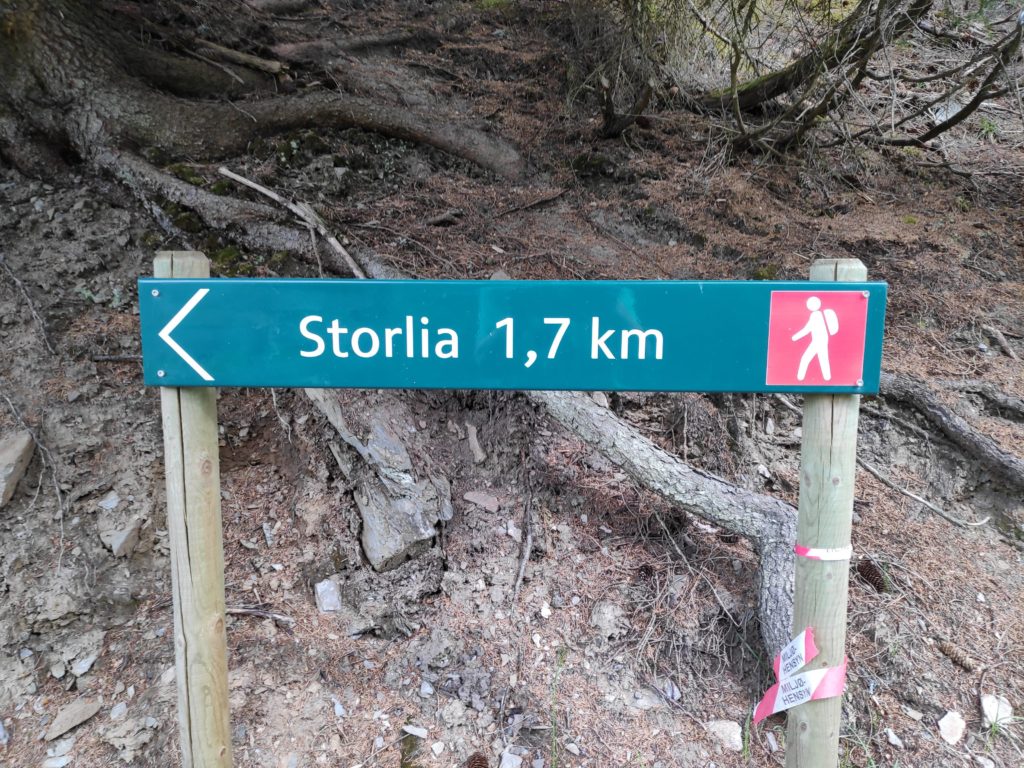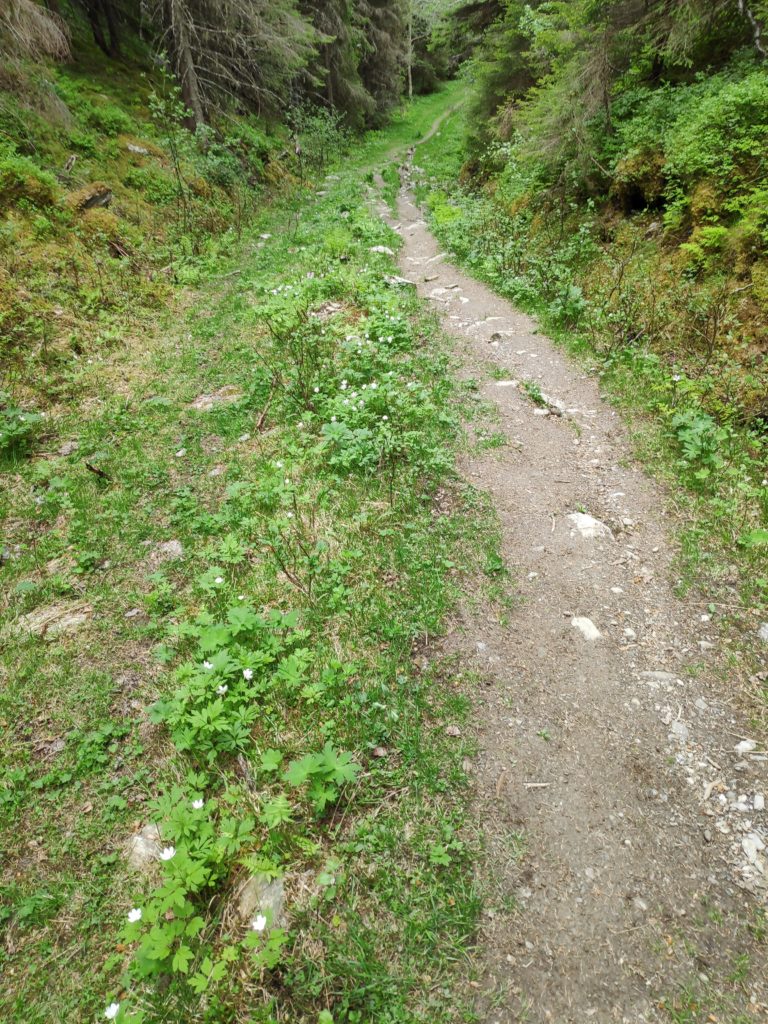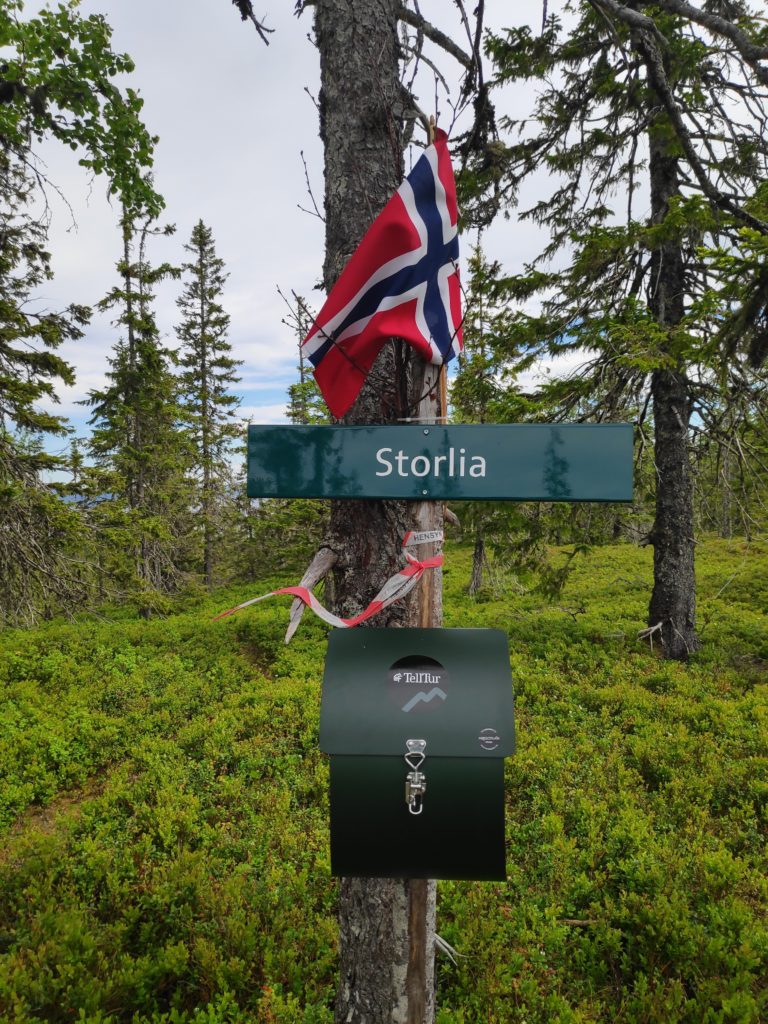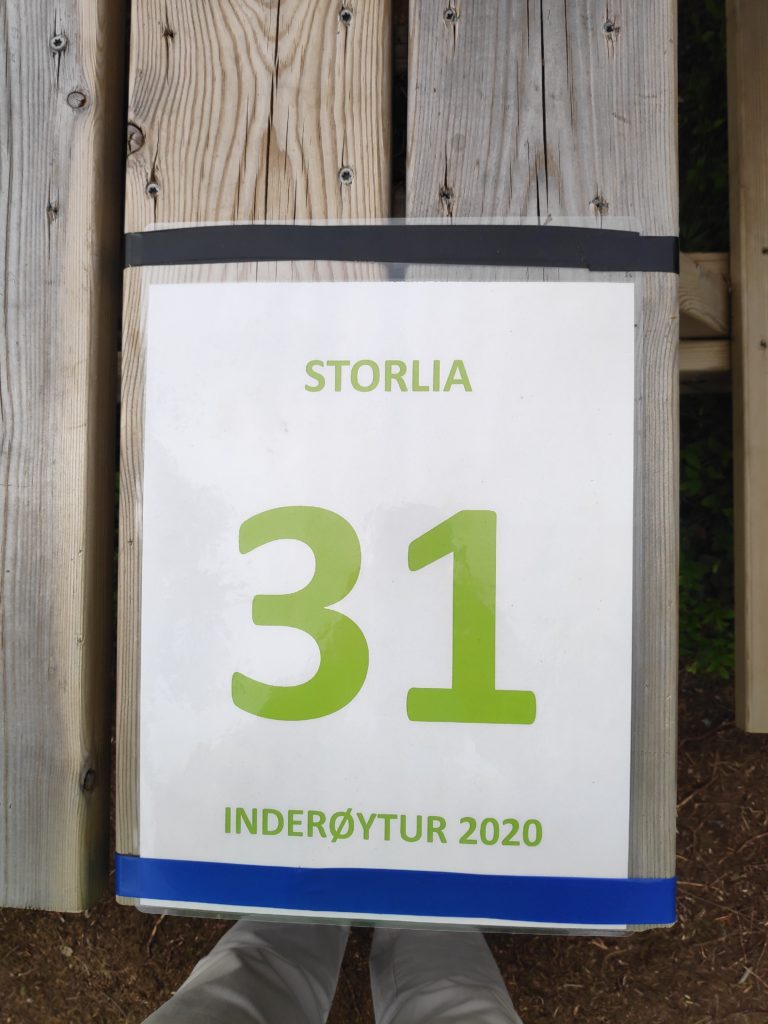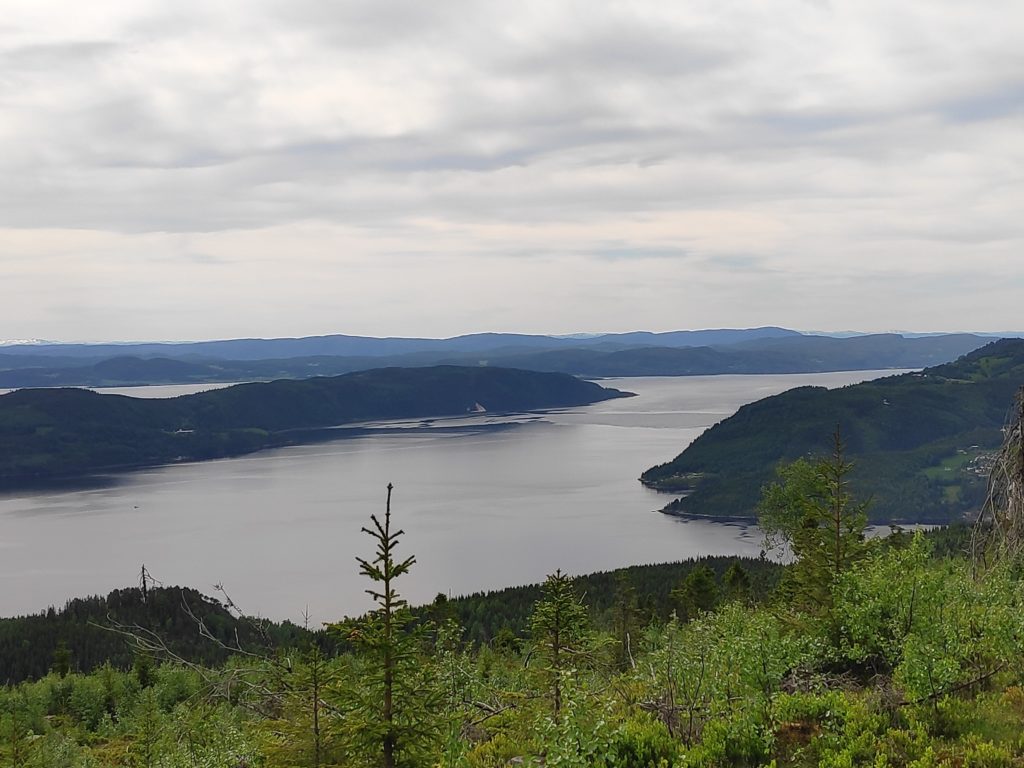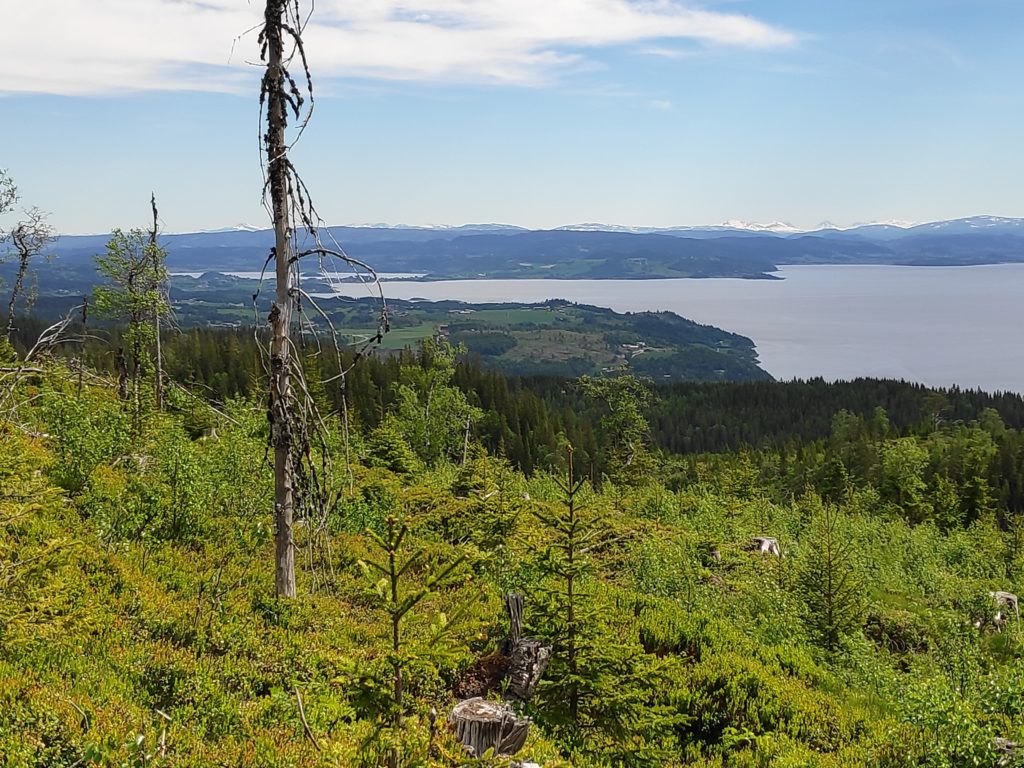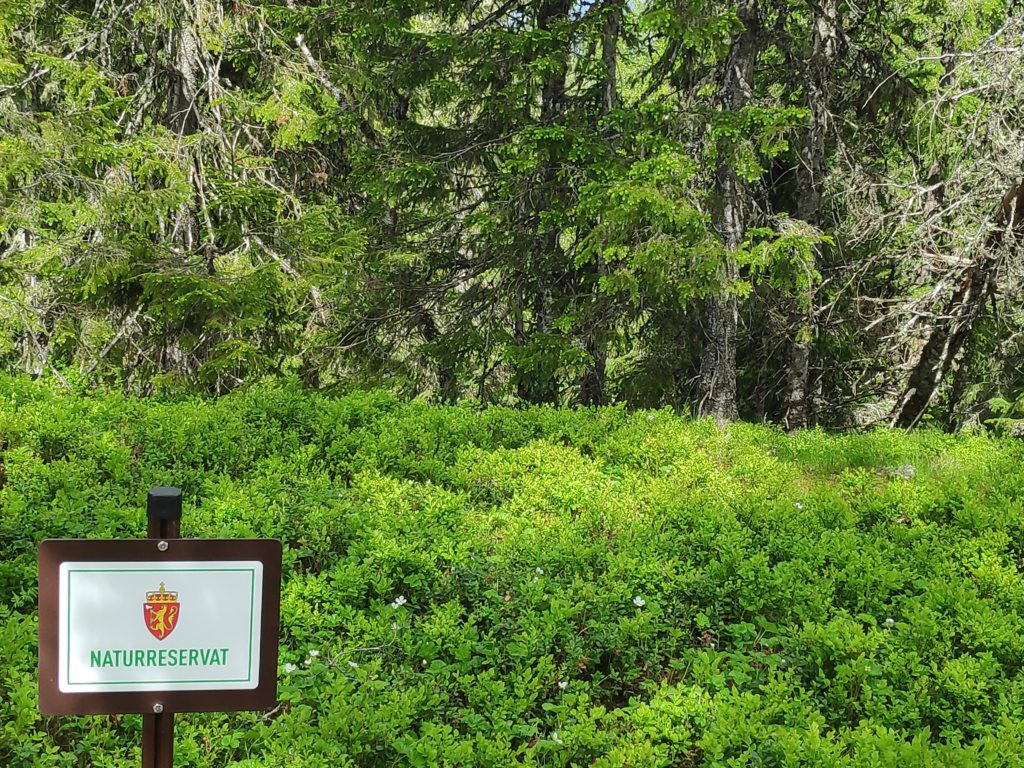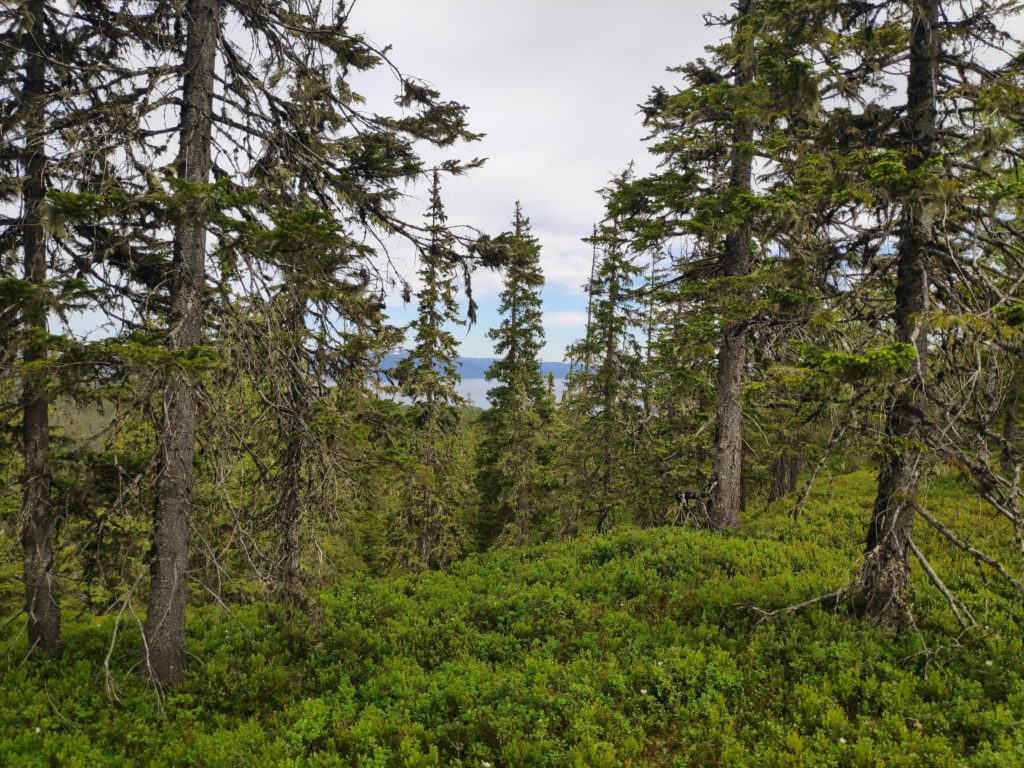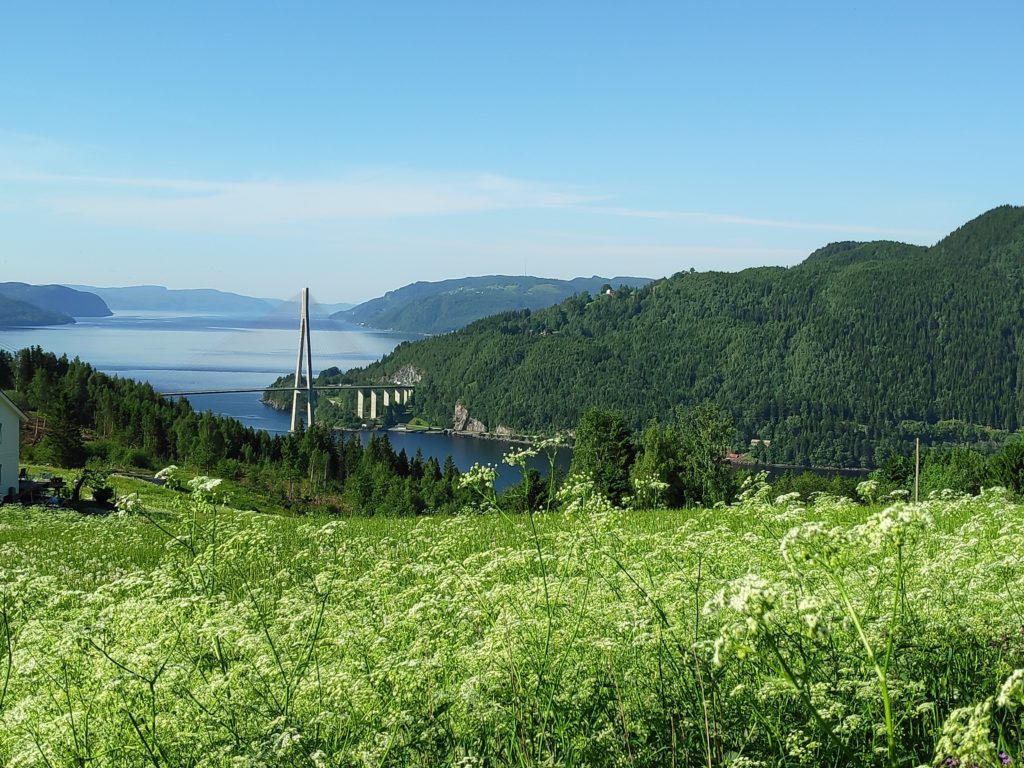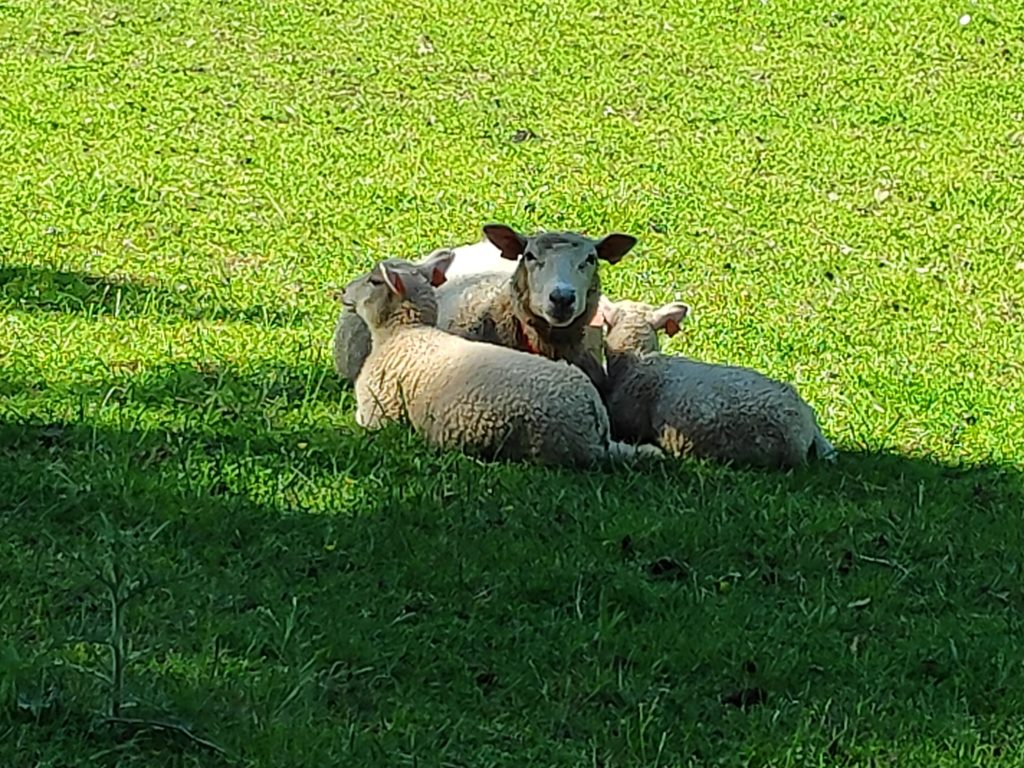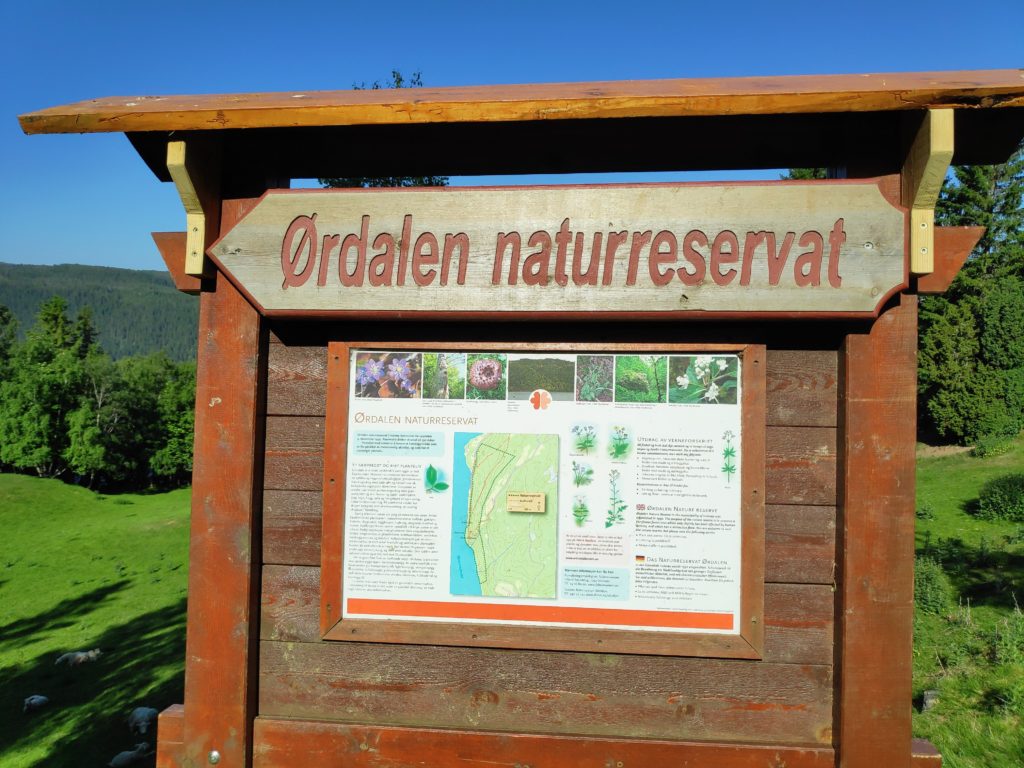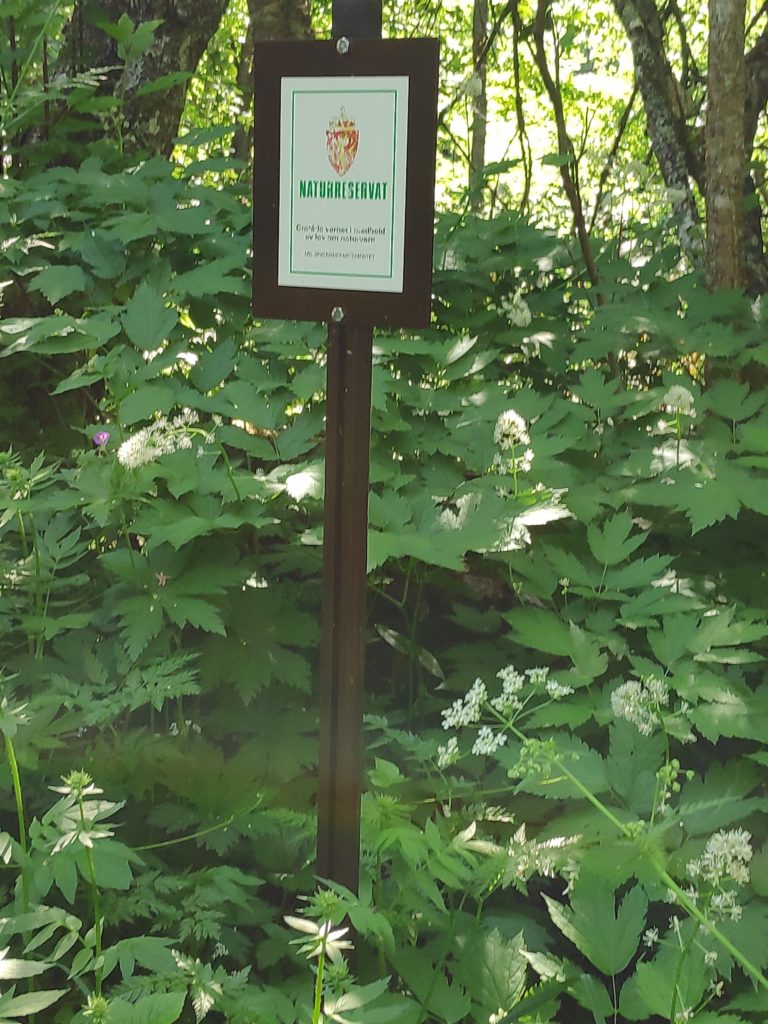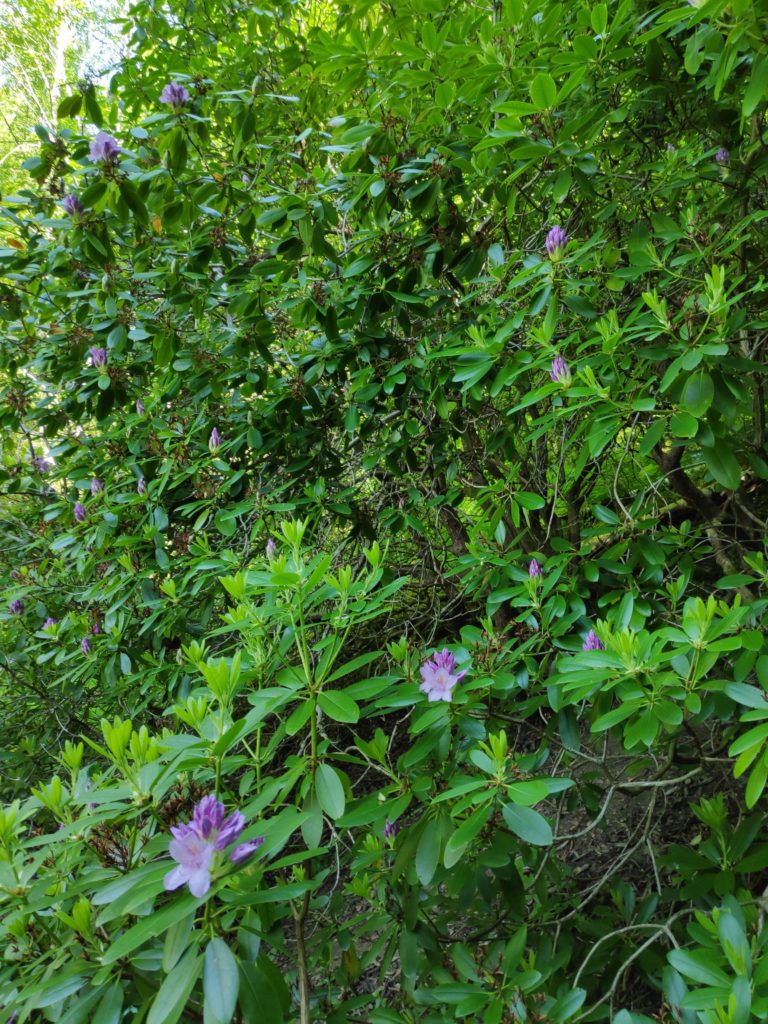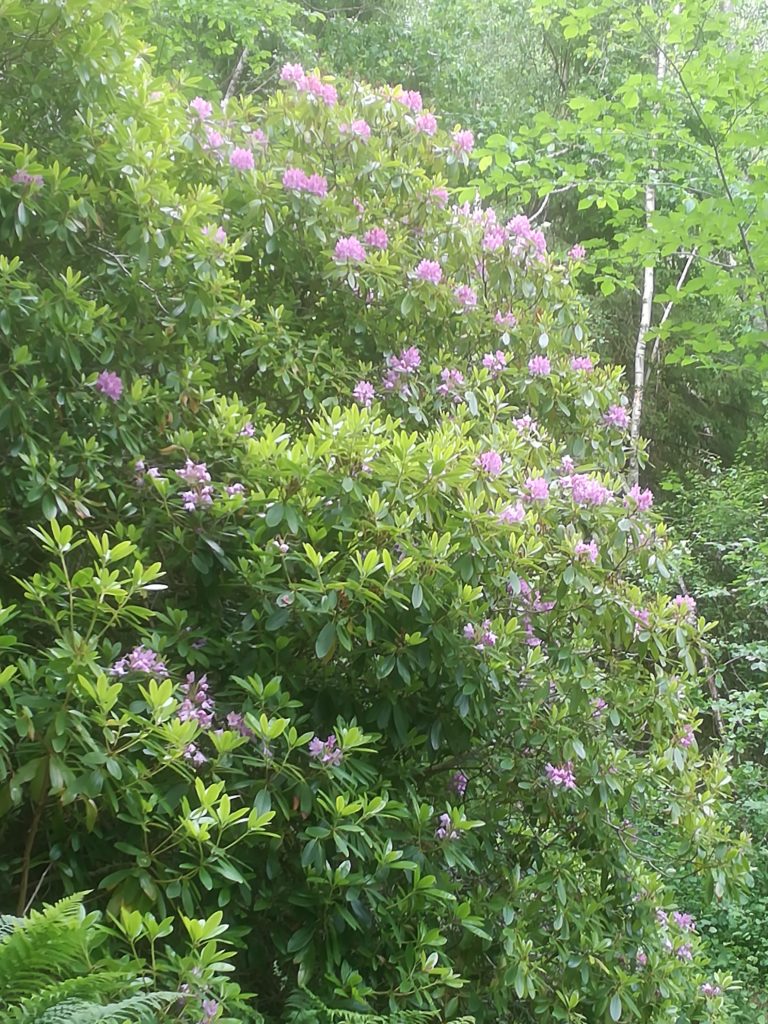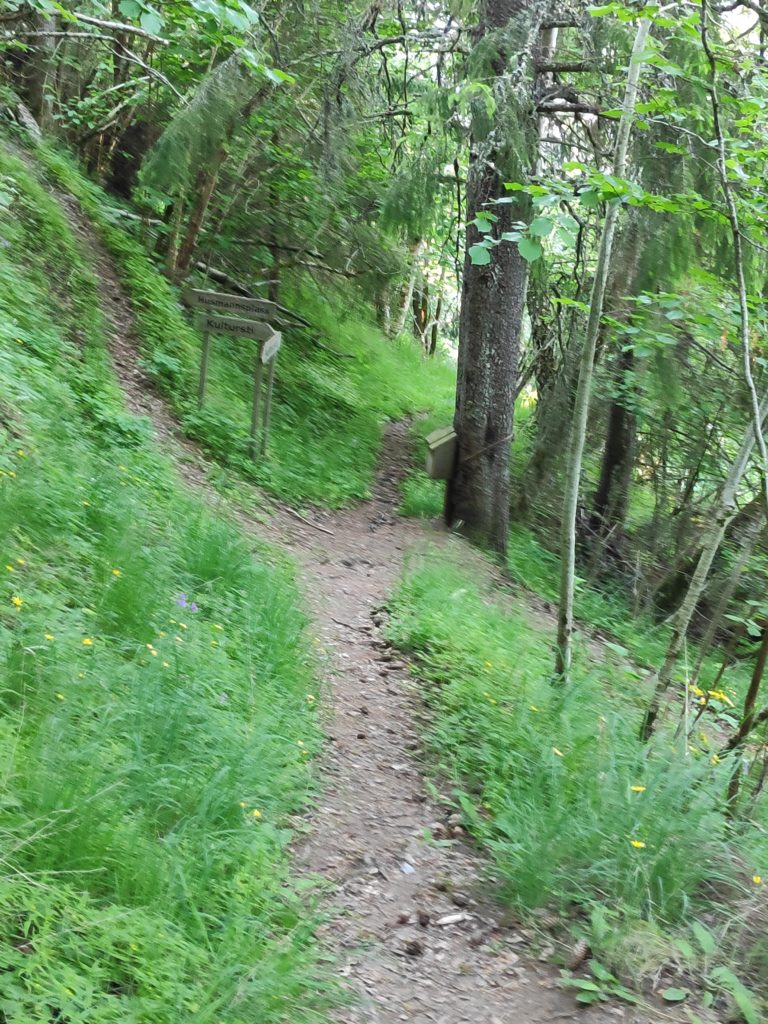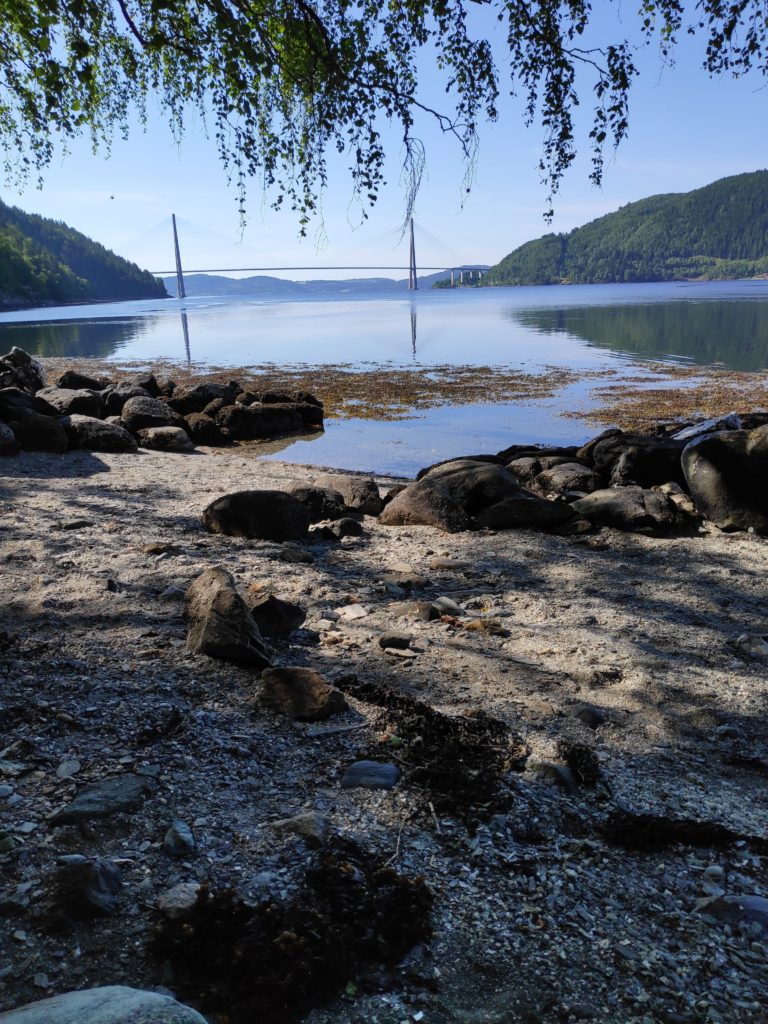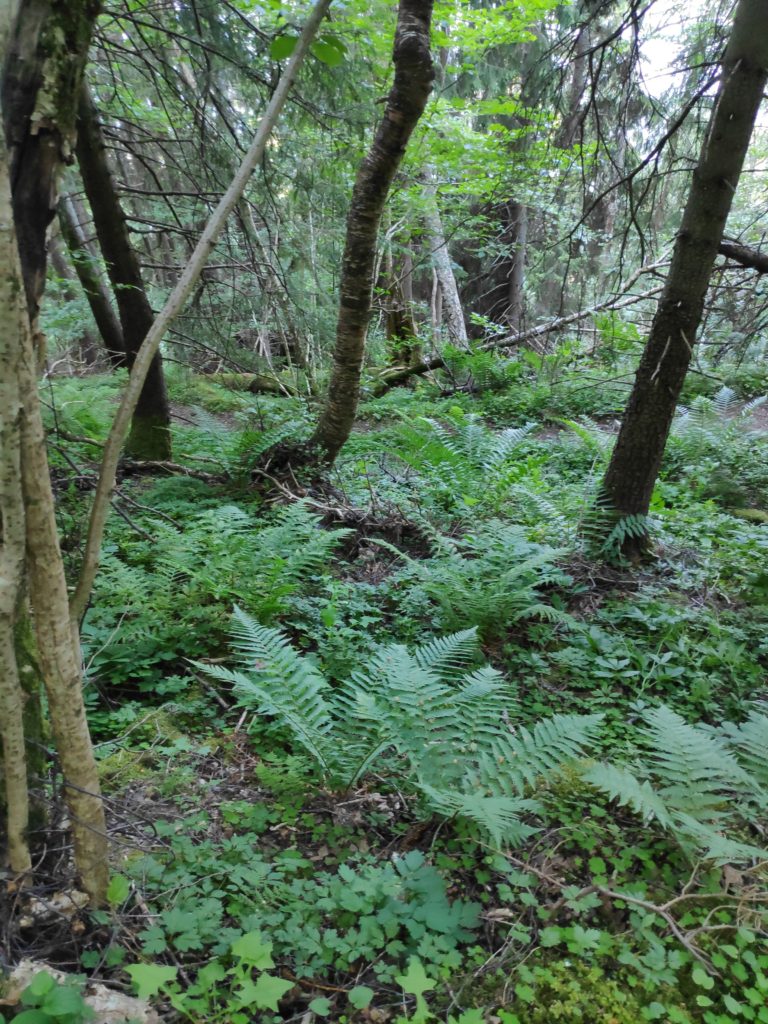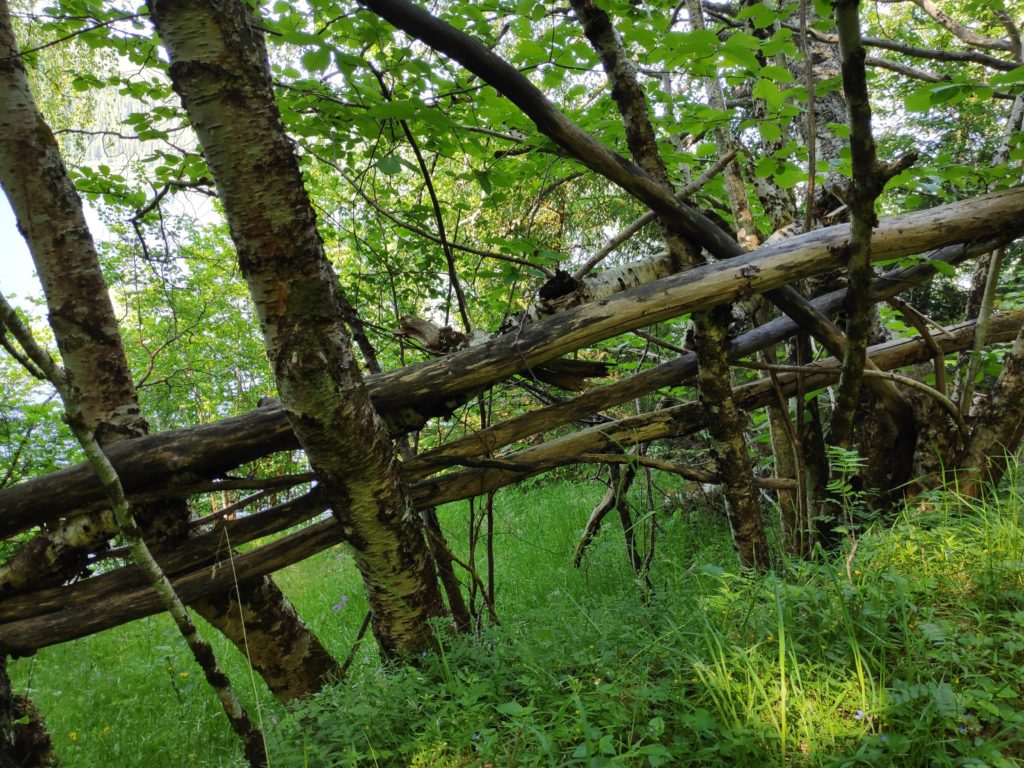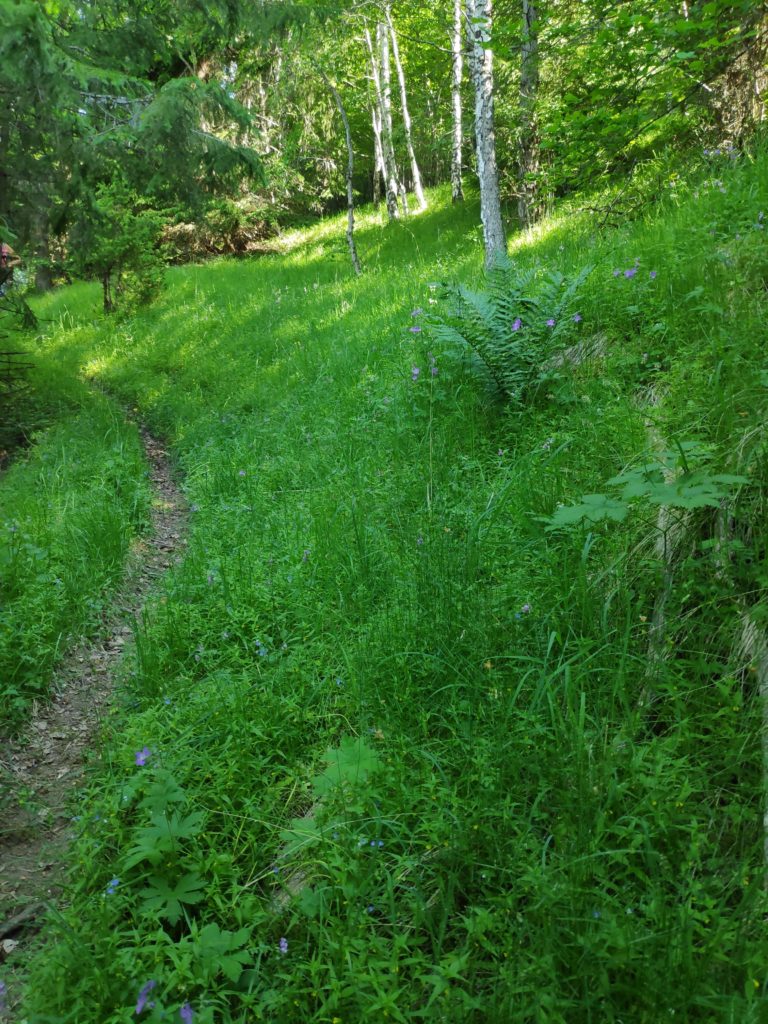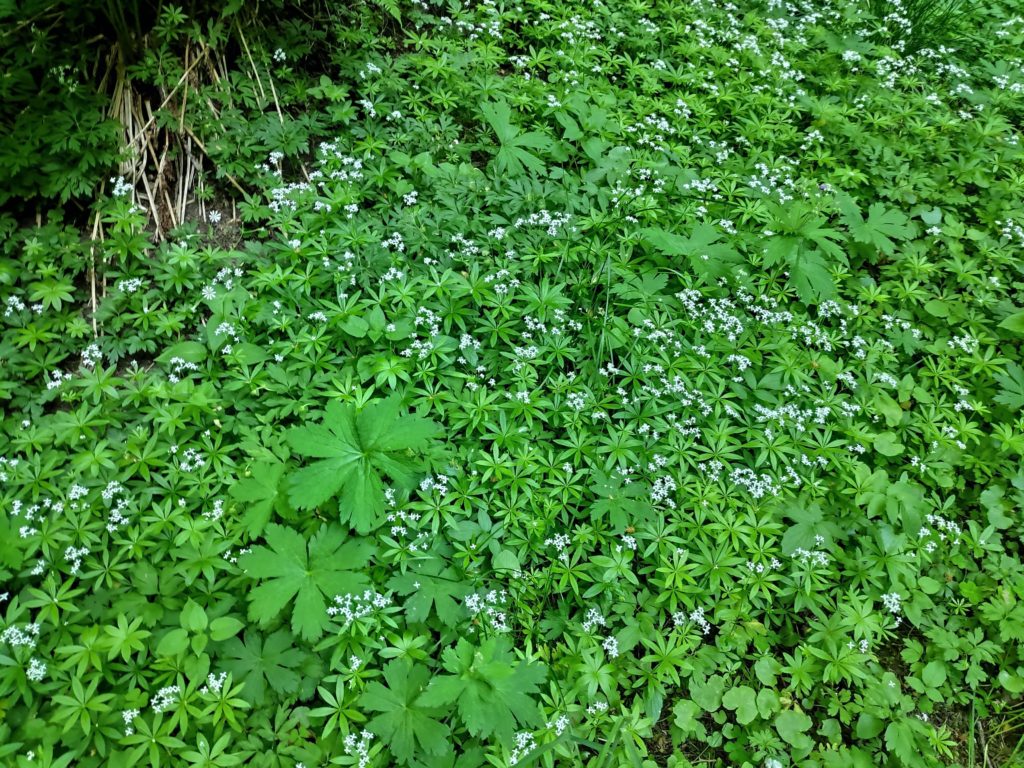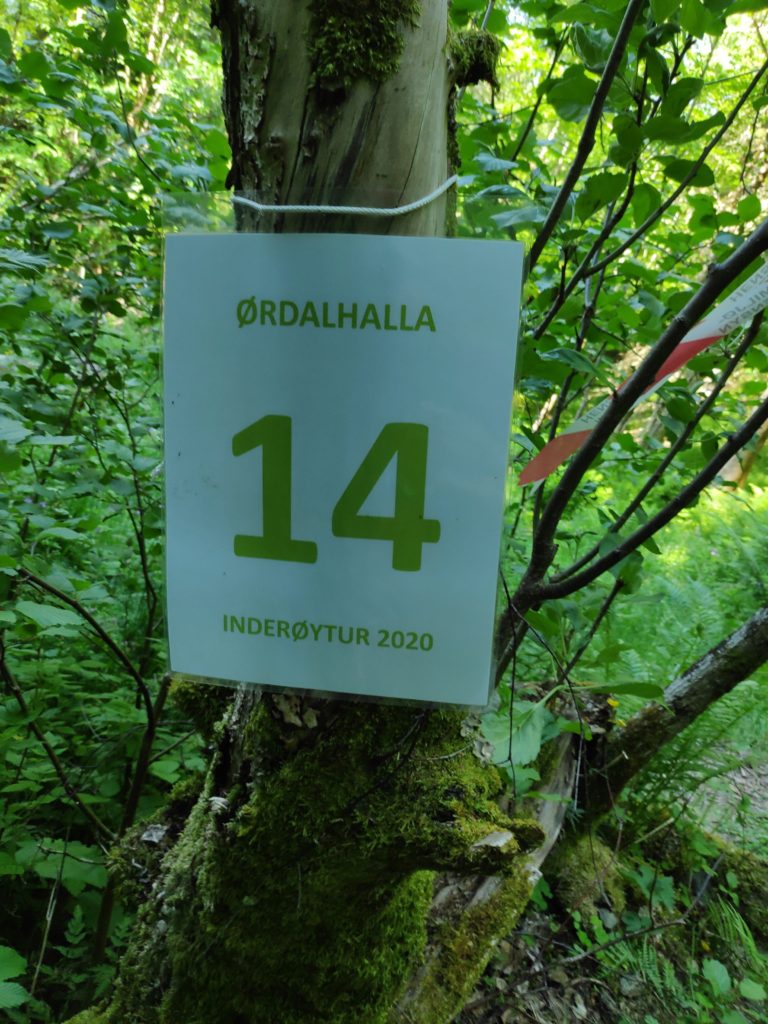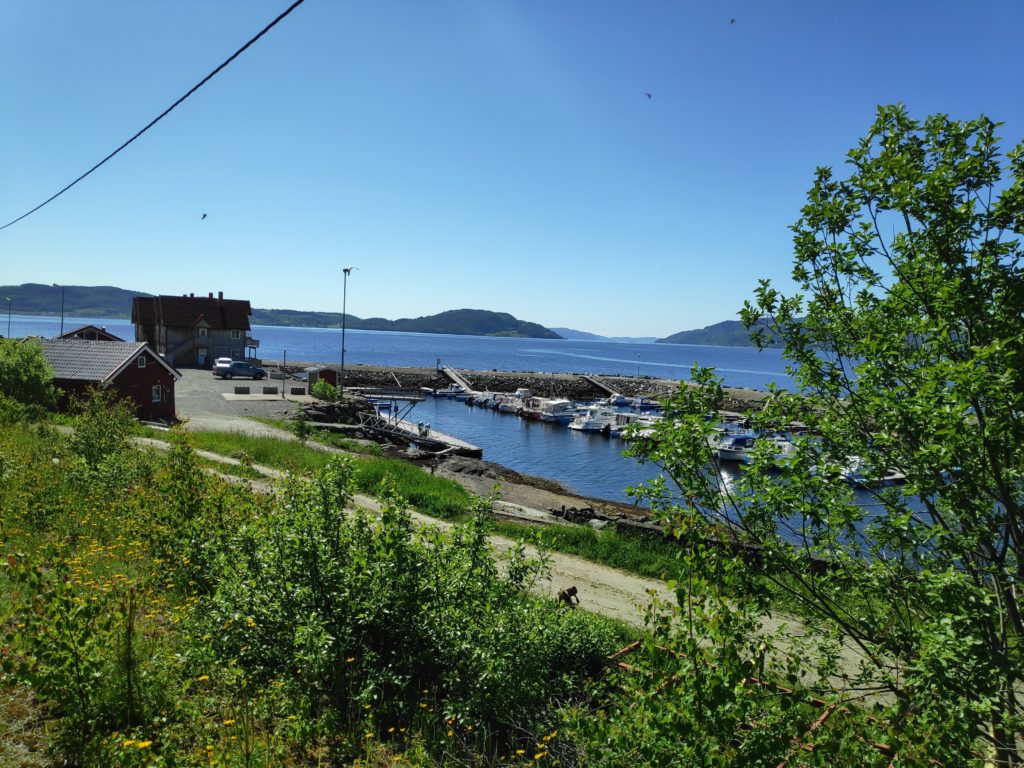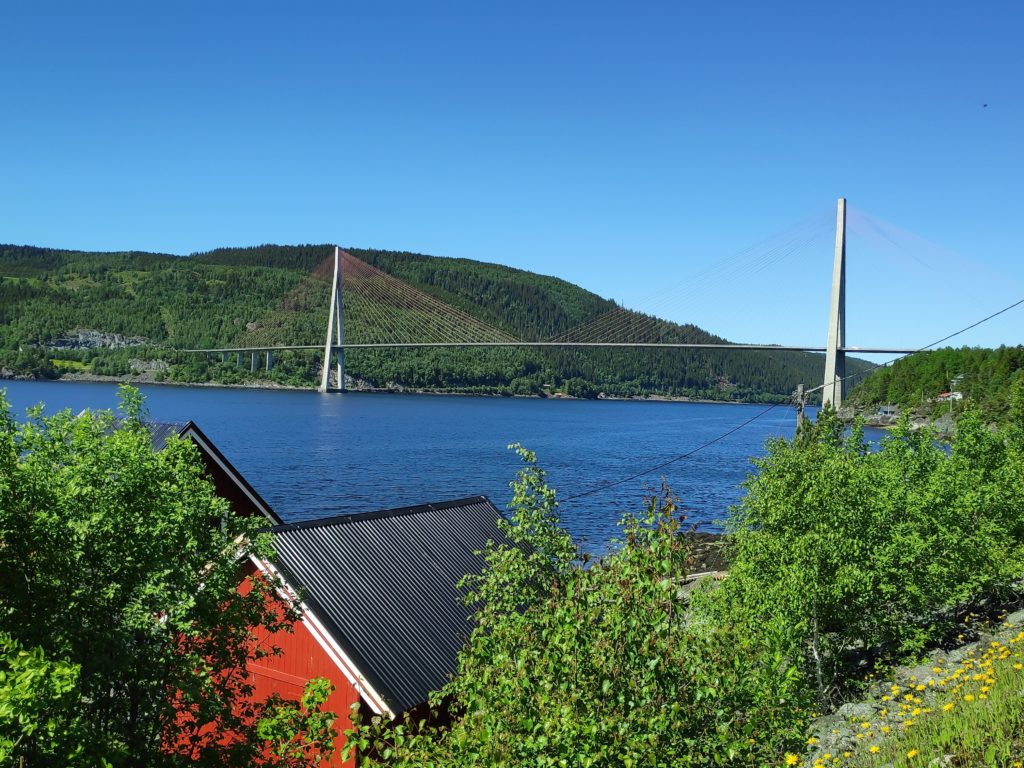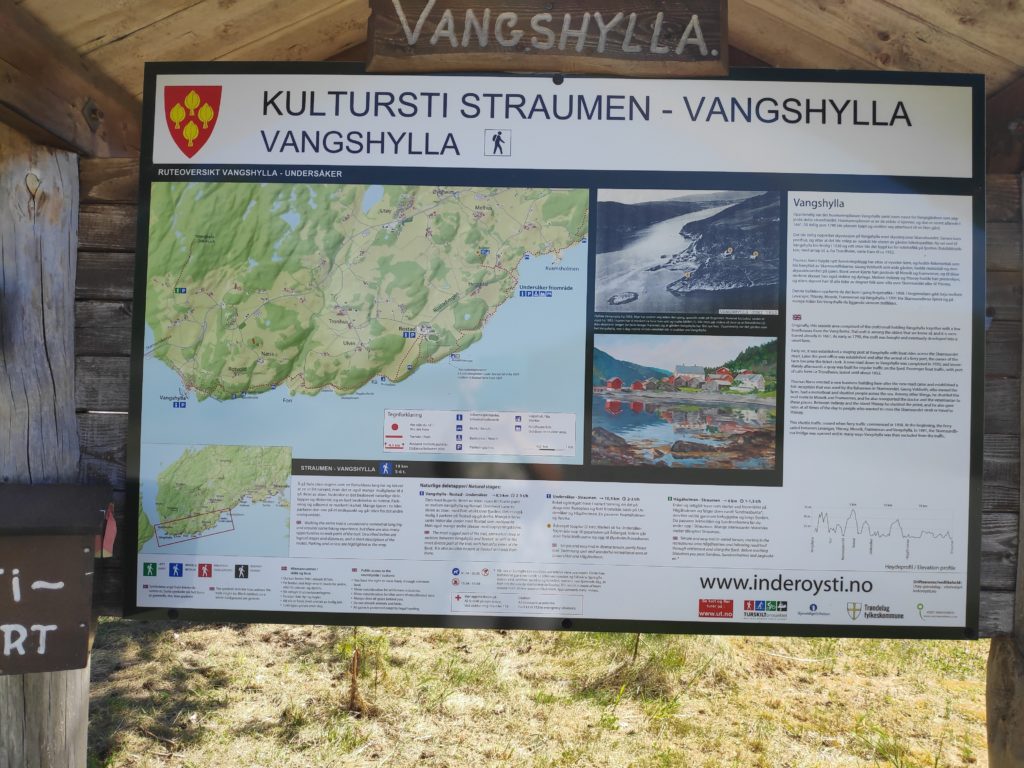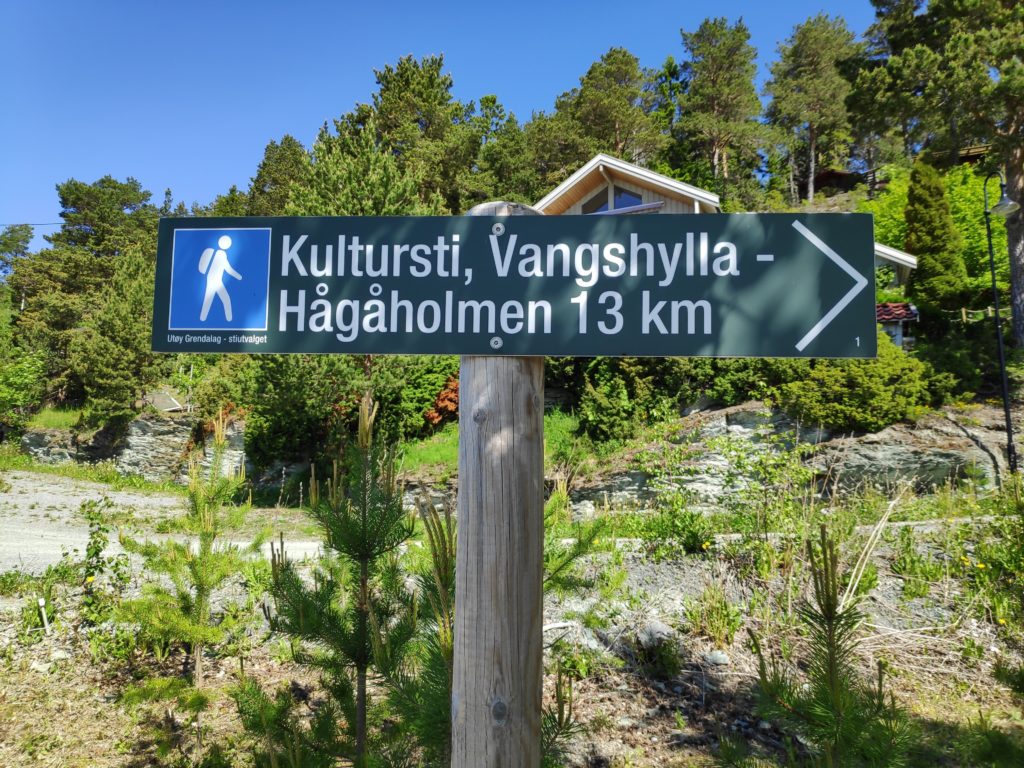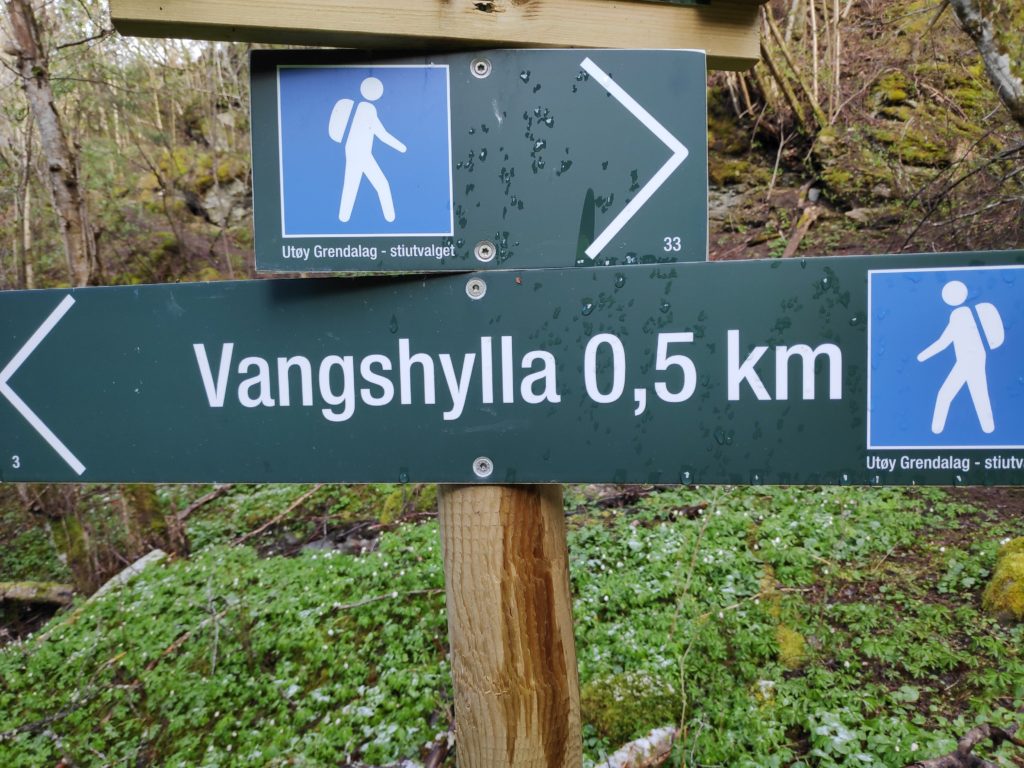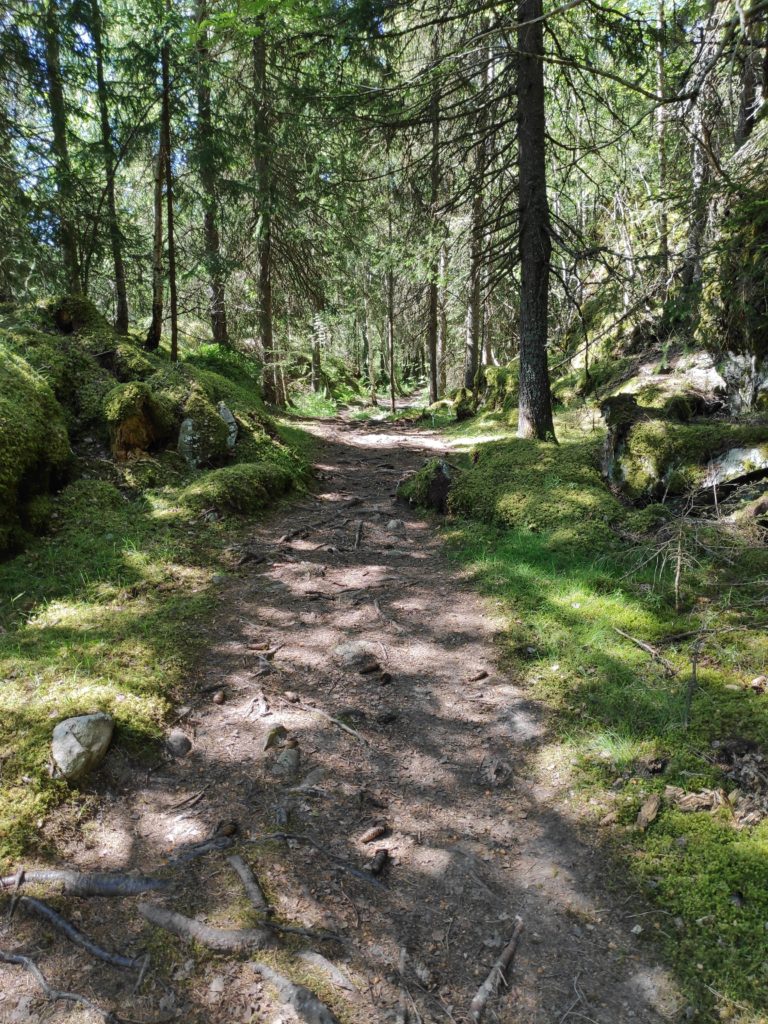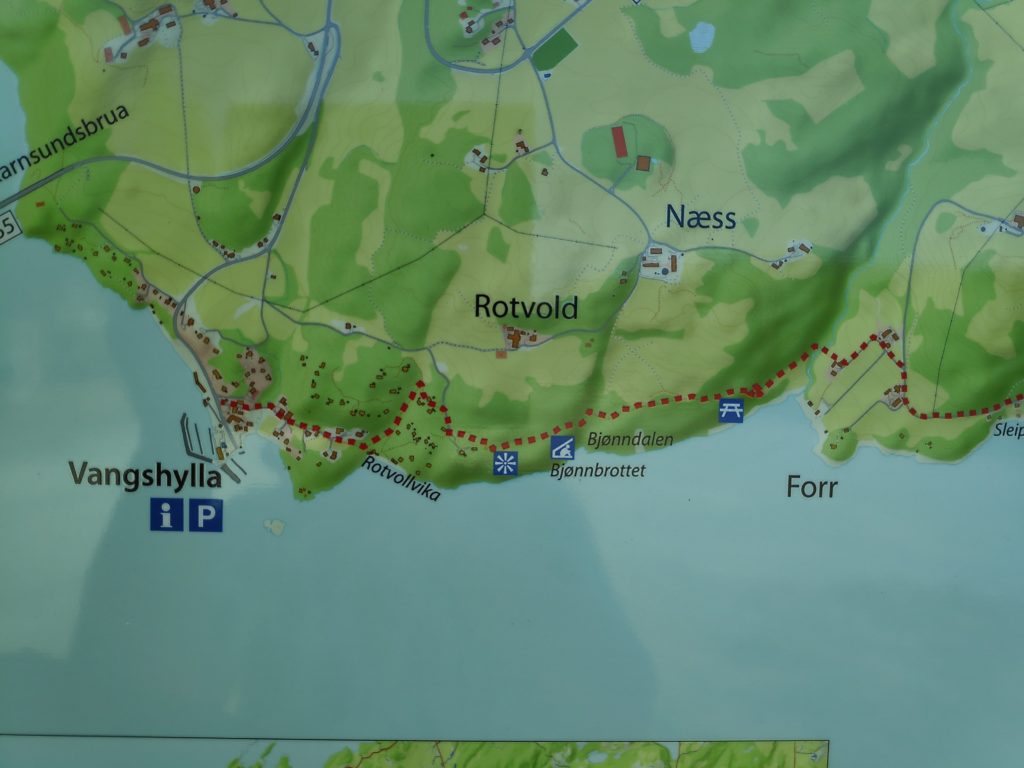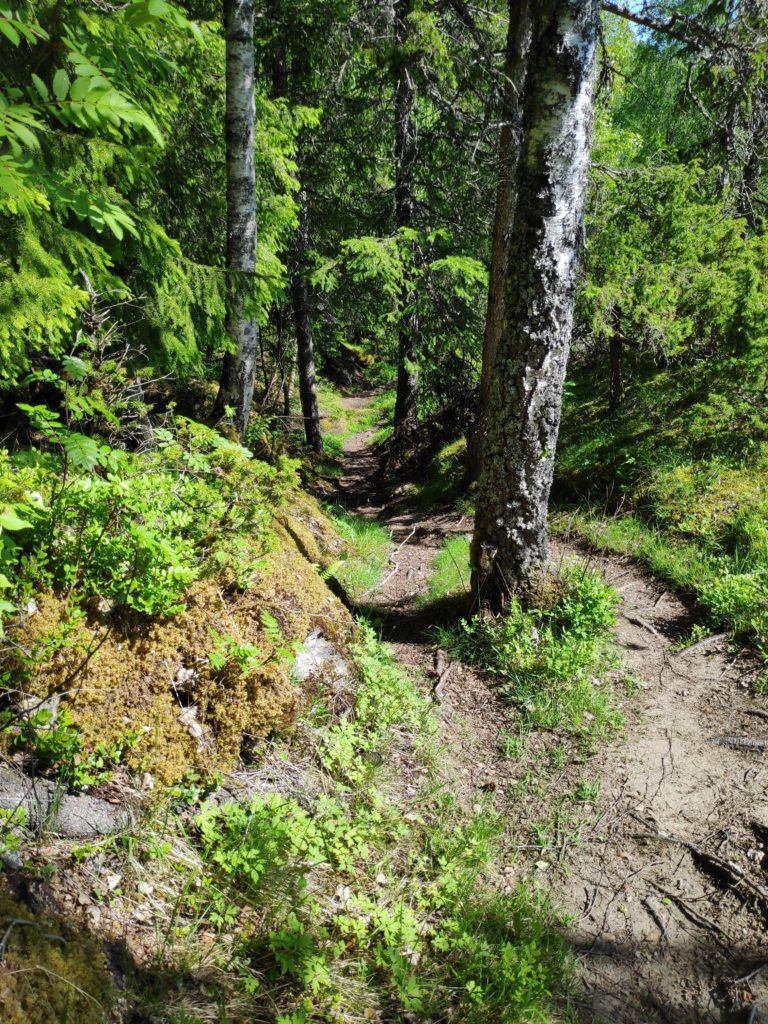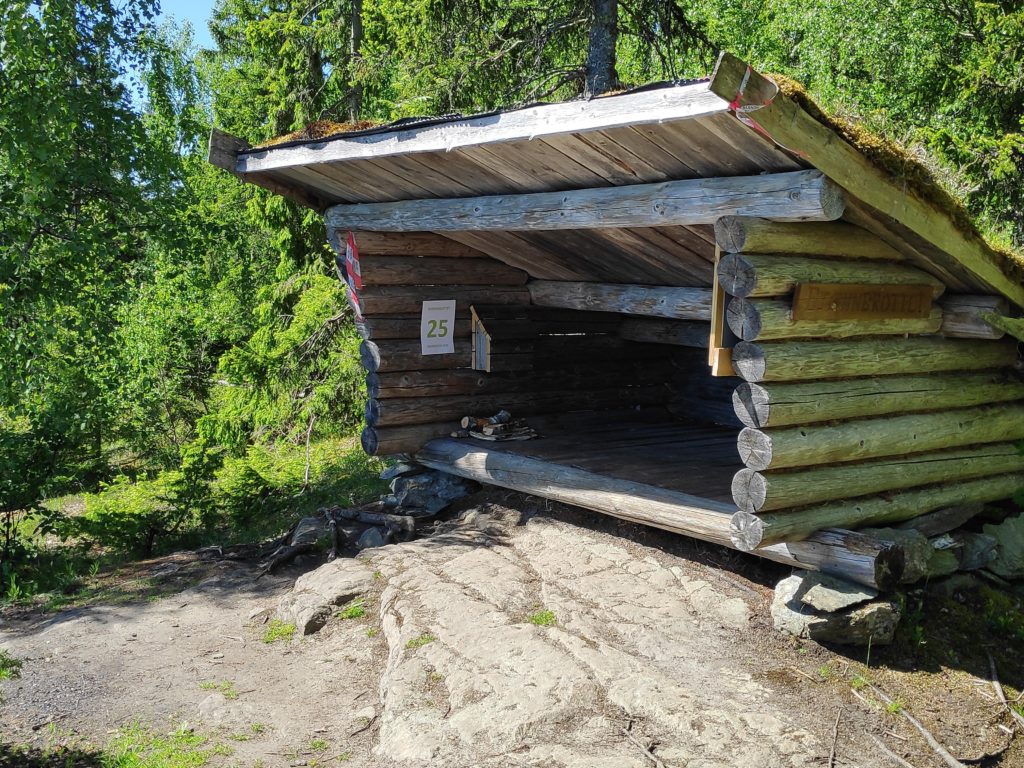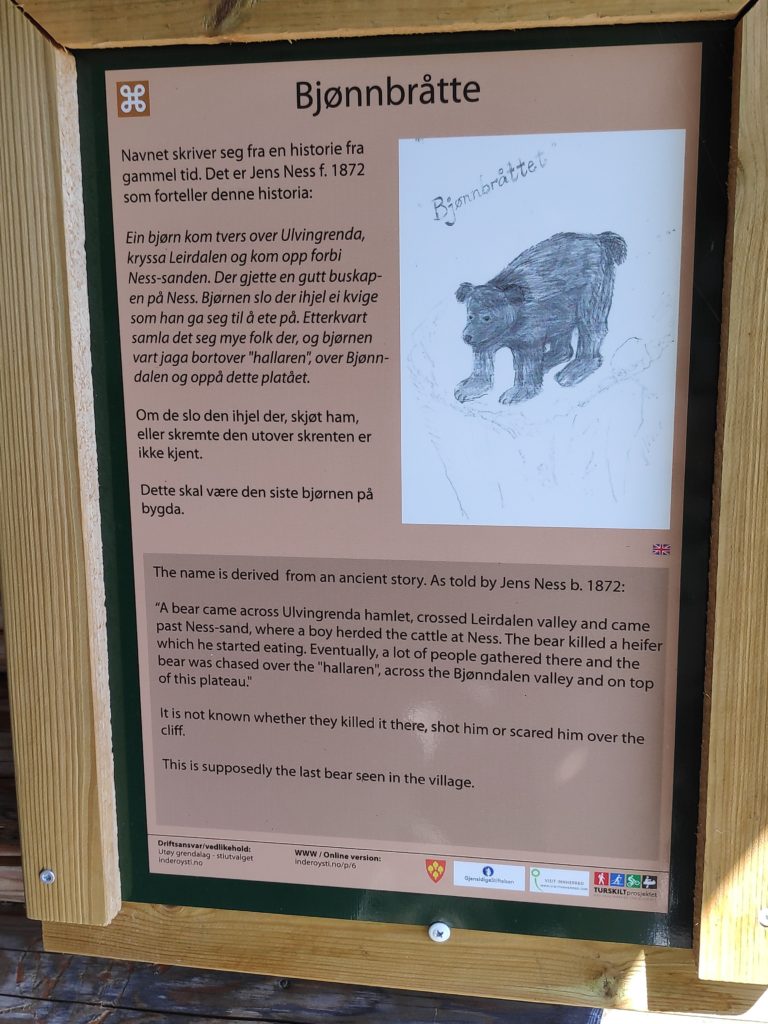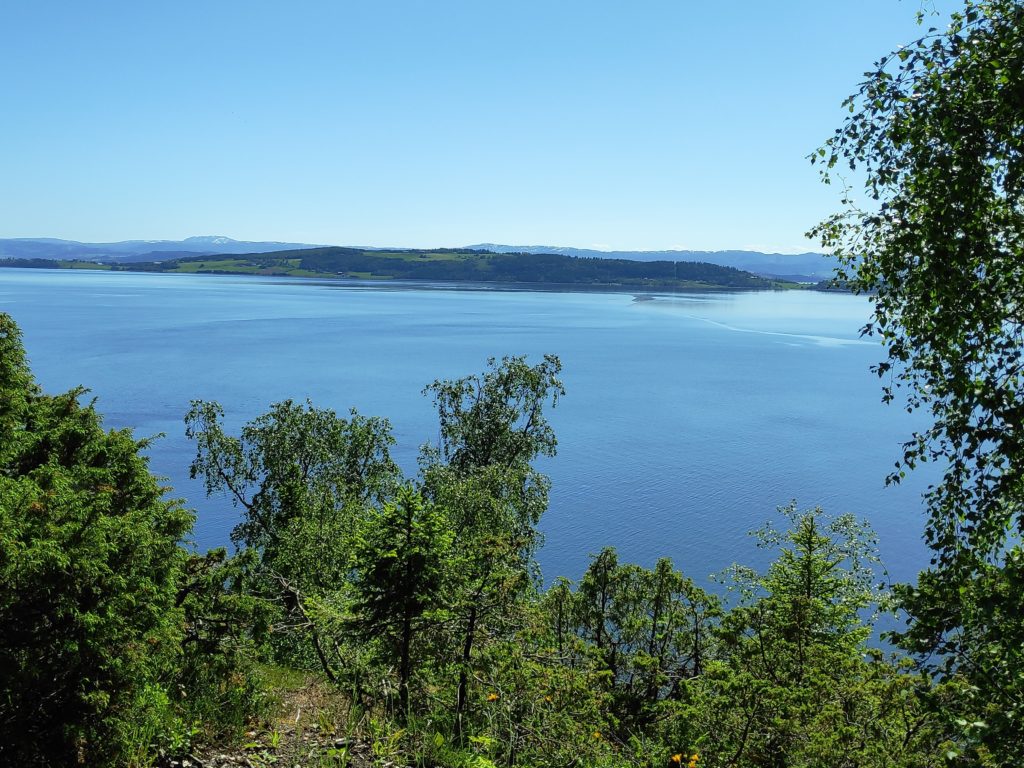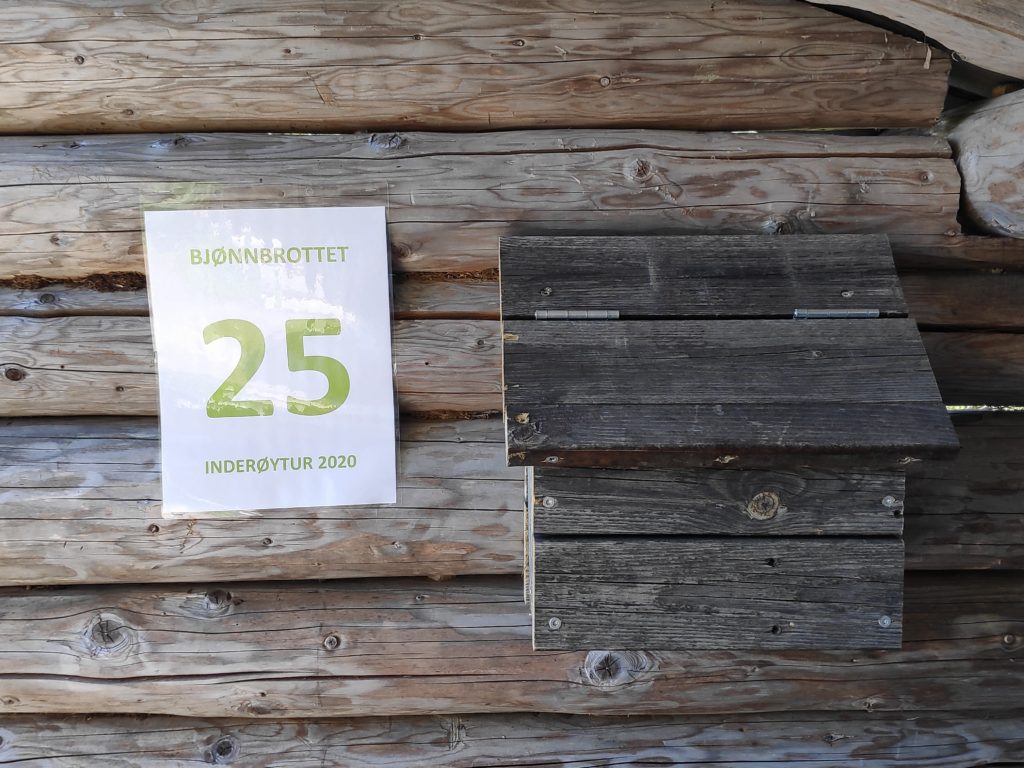I am in the process of sewing 1068 small pieces of material together with the goal of making 6 place mats for our kitchen table. I don’t mind the sewing, but my mind needs something to do while my fingers to do the work. So this series of blogs has been written in my mind several times before actually sitting at the computer to do the writing.
Several years ago I started making a series of place mats using patchwork and quilting techniques. The first series was autumn leaves, the second series was winter and the third series was spring tulips. We use the autumn series and the tulip series regularly, but the winter series I wasn’t that happy with and they have been taken out of active service.
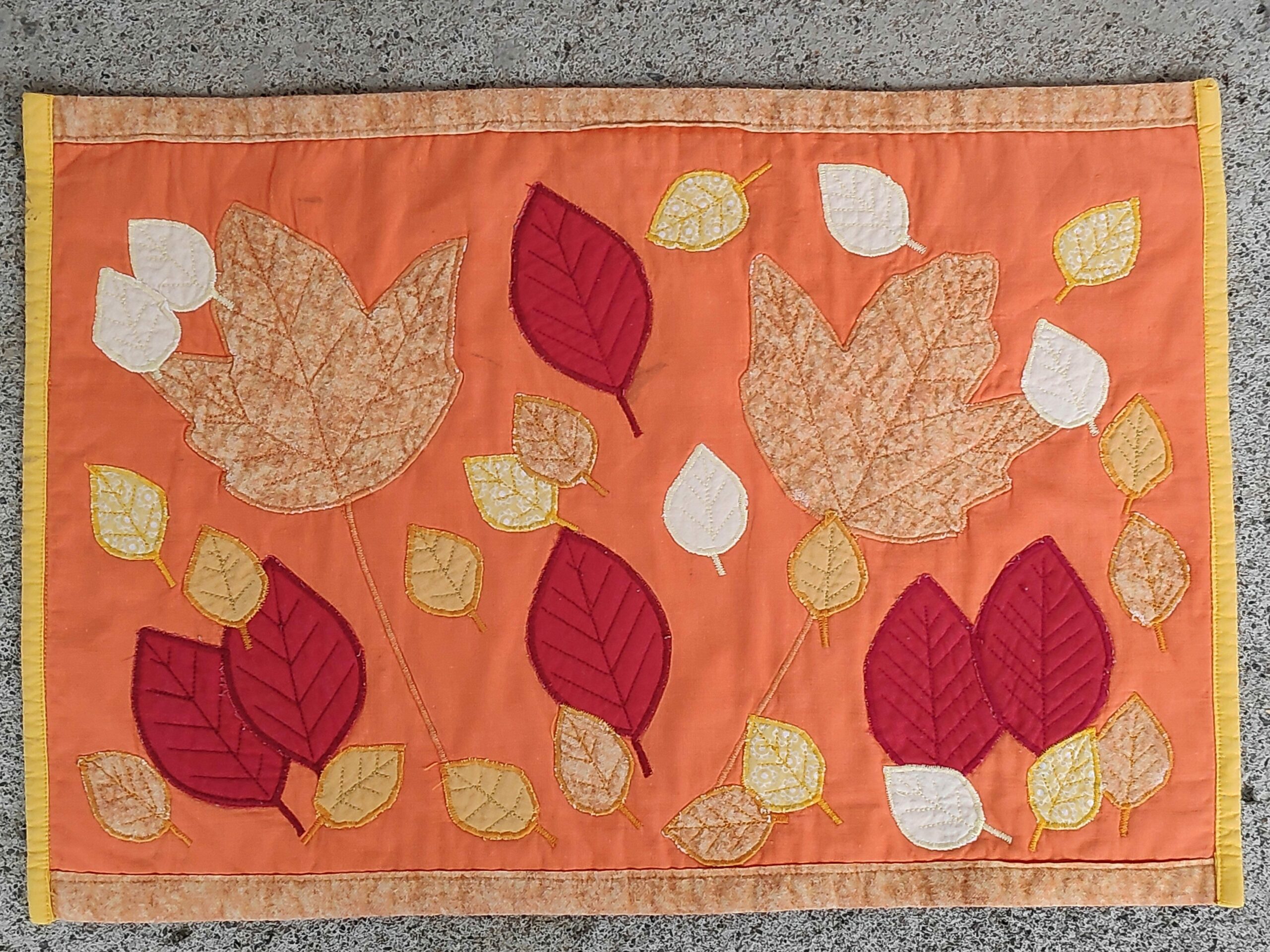
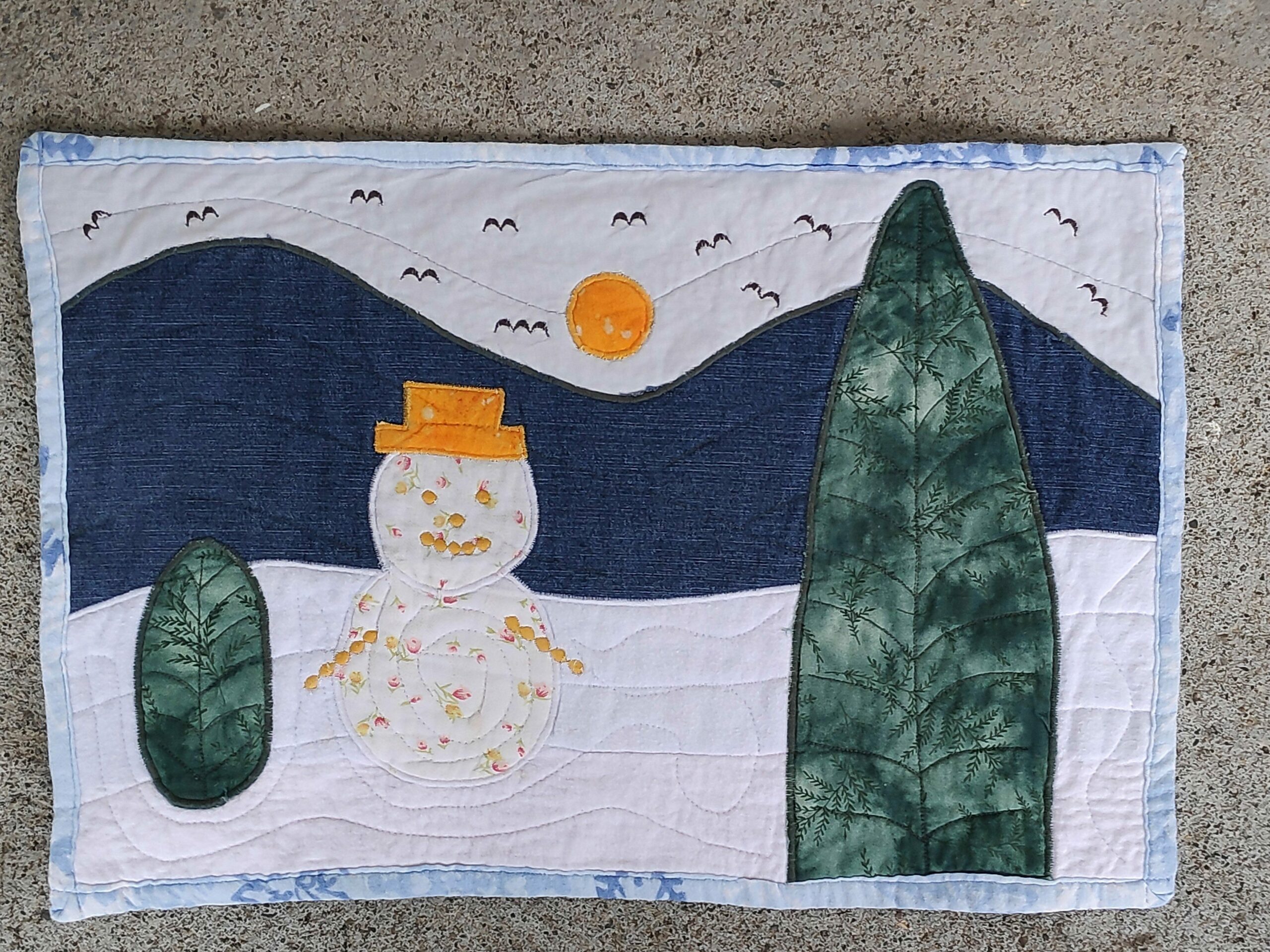
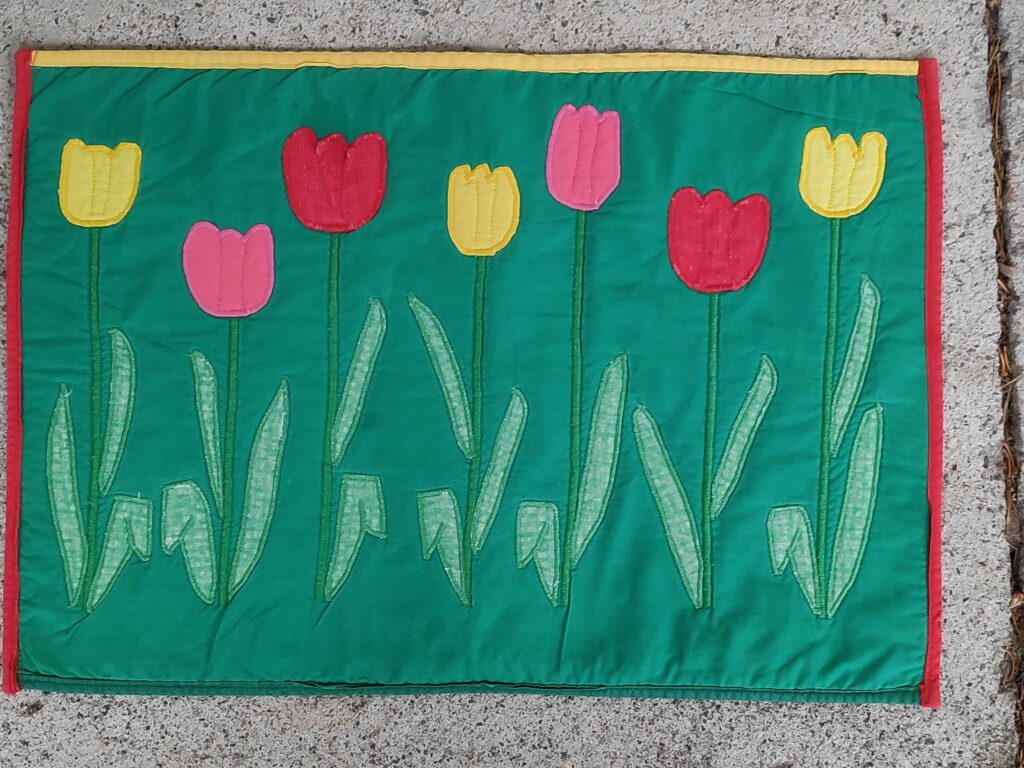
In July 2020, we bought new dishes for the kitchen, a beautiful blue (my favourite colour) from IKEA. However they didn’t look very good on either the orange or the green place mats, so I started thinking about a new set of place mats that went better with the new dishes.
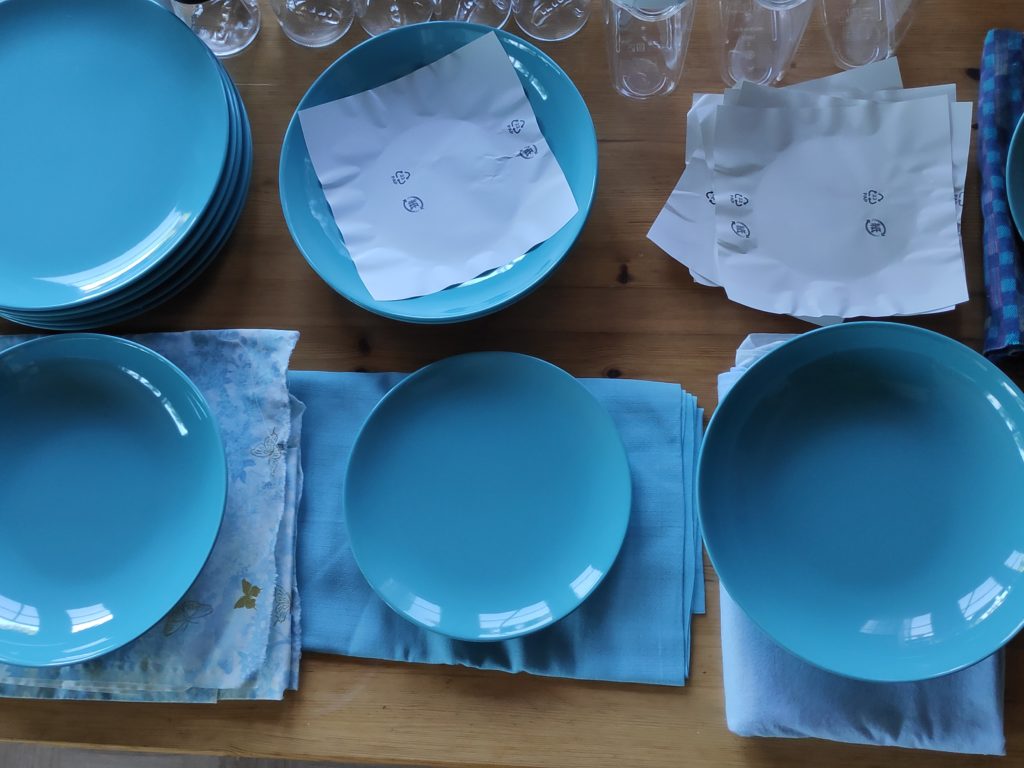
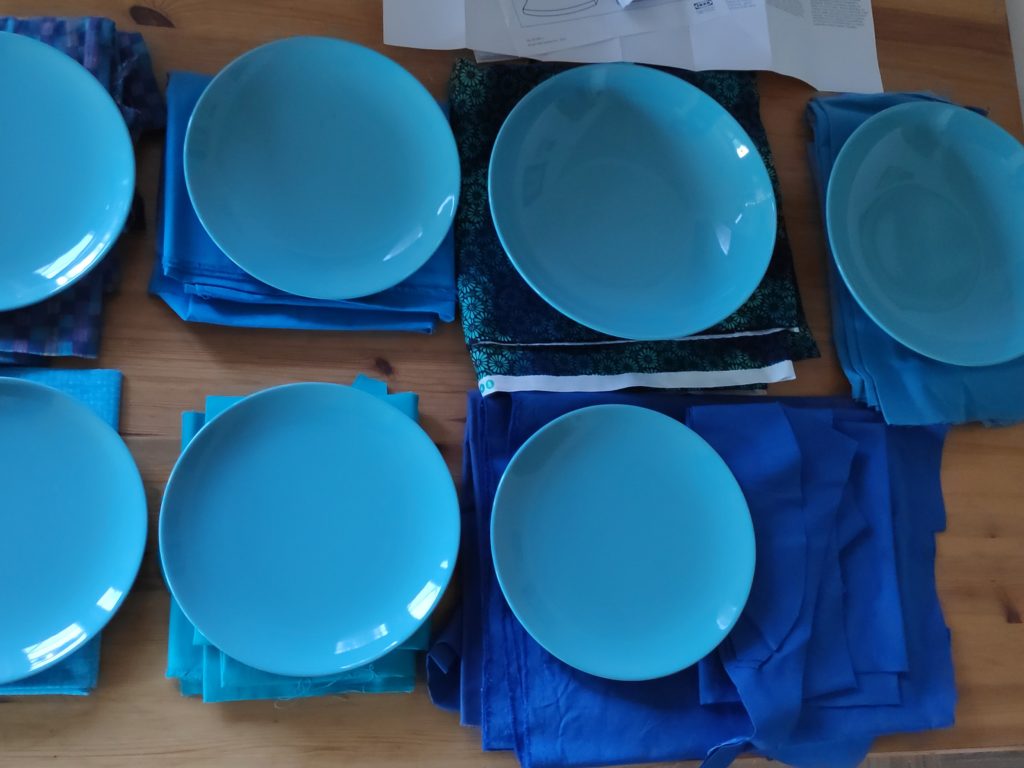
Already the day after I had bought the new dishes, I went hunting through my boxes of leftover material and looked for a variety of materials that went well with the new dishes. I set aside the ones that went well and then the ideas of what to use and how to use the material had to mature for a while.
Eventually I decided on three materials that I would use on the top of the place mat and a plain dark colour for the backside.
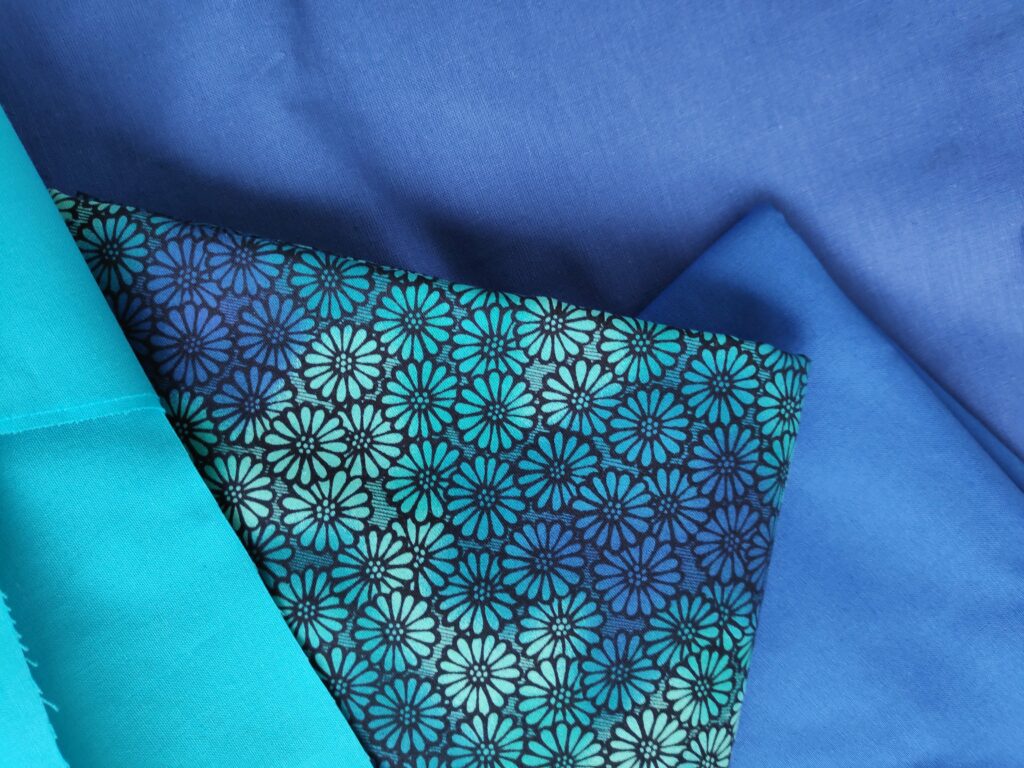
Time goes by and the idea sits there and I have to decide on what sort of pattern to make. I decided something more geometrical this time and decided on a zigzag pattern, using the three chosen materials. The lightest colour is quite bright, so small amounts of it.
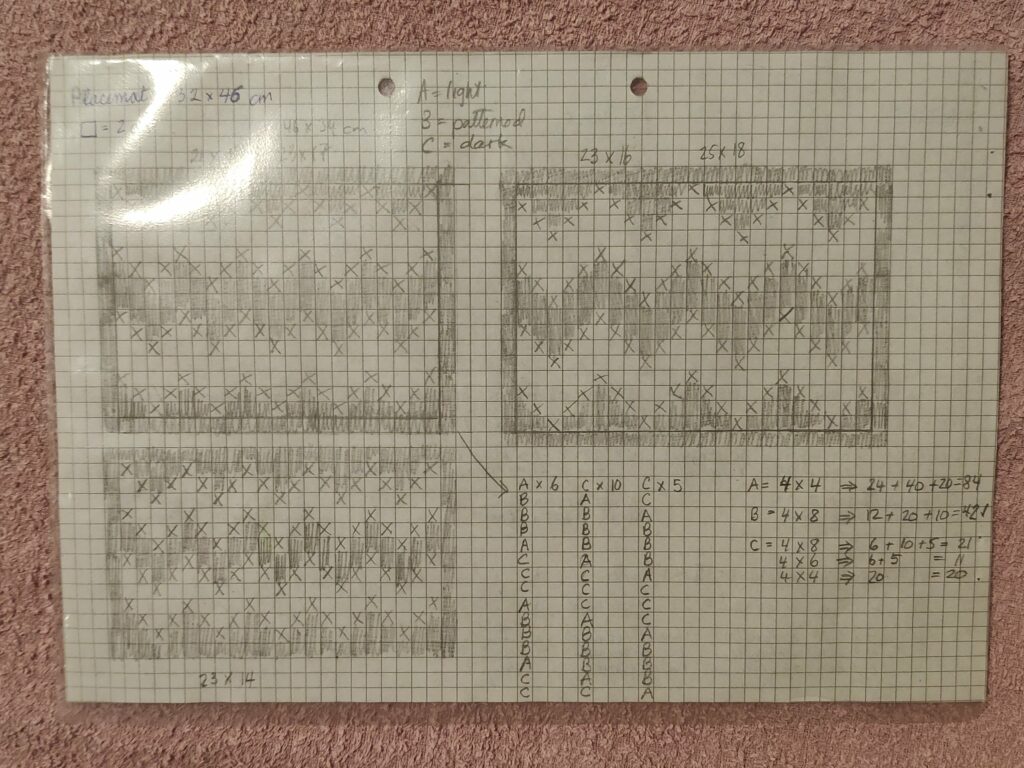
In the bottom right-hand corner I calculated the sequence of the pieces of material. One square on the paper is 2 cm, so three squares means that the finished piece is to be 6 cm long. X and A refer to the light blue material. The shaded squares and C are the dark blue material and the blank squares and B are the patterned material.
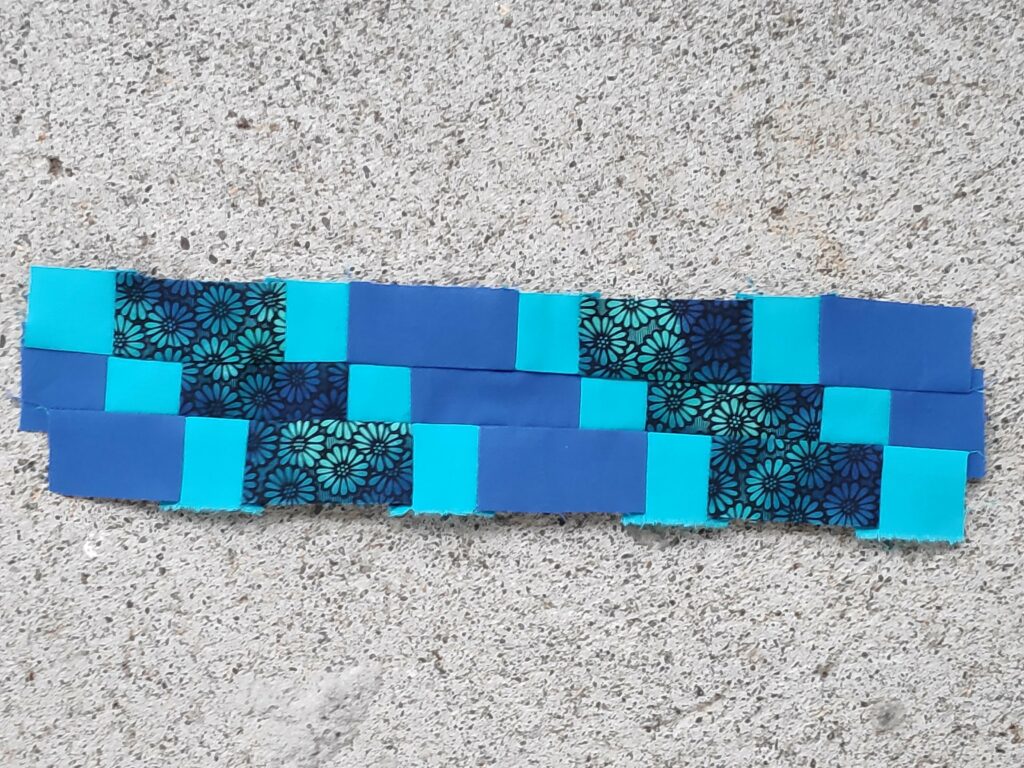
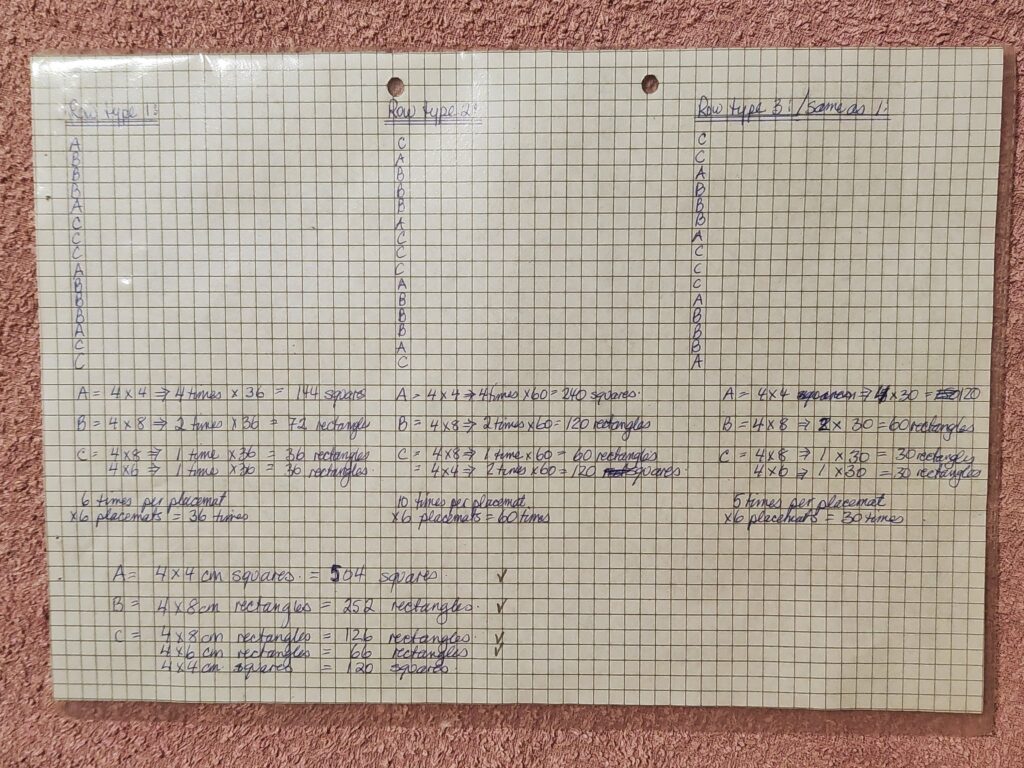
Next came the detailed calculations of what size pieces I would need and exactly how many I would need for 6 place mats. Some are 4 x 4 cm, some are 4 x 6 cm and some are 4 x 8 cm. All pieces have 1 cm on each side for seam allowance, so a 4 x 4 cm square will come out as 2 x 2 cm in the finished place mat. The total came to 1 068 pieces plus a few extra for good luck.
The next blog will be about sewing the pieces together.
